Today is the day that Donald Trump’s cruel Title 42 policy was supposed to end, enabling more than 7 billion humans to enter the U.S. and then live here for 10+ years as they await their first asylum court hearing. (CNN) (Trump’s immigration policy was intolerably racist, which is why the Biden administration has continued it for more than 2 years?) This post chronicles our May 2023 trip from Los Angeles to the border at El Paso, Texas.
A west-to-east trip along Interstate 10 began with a flight over the National Historic Landmark of Mar-a-Lago:
I could almost hear the questions of the children in Palm Beach who were pointing up:
- “What’s JetBlue?”
- “What’s a commercial airline?”
- “You have to share your plane with other people?”
Our PBI-LAX route took us over the Florida Mountains, right next to Deming, New Mexico, where we would later stop:
(If no human is illegal, why does the Biden administration keep a balloon tethered near the border?)
Torrance, California is home to the Robinson Helicopter Company, which has zero Michelin stars, and Din Tai Fung, the proud bearer of one star (for the Hong Kong branch). We managed to catch a curbside Uber Black from LAX and thus avoid the dreaded one-hour wait for a regular Uber and arrived at Din Tai Fung just before closing. Angelenos on the airplane, in the restaurant, and working at the hotel were, by Florida standards, often masked. #COVIDisNotOver
The view from the DoubleTree reminds us that Californians are geniuses when it comes to sustainability and adapting to a dark climate future. When building apartments in an area famous for fires, make sure to use wood rather than concrete:
“Why America’s New Apartment Buildings All Look the Same” (Bloomberg 2019) explains how this is legal:
Los Angeles architect Tim Smith was sitting on a Hawaiian beach, reading through the latest building code, as one does, when he noticed that it classified wood treated with fire retardant as noncombustible. That made wood eligible, he realized, for a building category—originally known as “ordinary masonry construction” but long since amended to require only that outer walls be made entirely of noncombustible material—that allowed for five stories with sprinklers.
By putting five wood stories over a one-story concrete podium and covering more of the one-acre lot than a high-rise could fill, Smith figured out how to get the 100 apartments at 60 percent to 70 percent of the cost.
the buildings have proved highly flammable before the sprinklers and walls go in. Dozens of major fires have broken out at mid-rise construction sites over the past five years. Of the 13 U.S. blazes that resulted in damages of $20 million or more in 2017, according to the National Fire Protection Association, six were at wood-frame apartment buildings under construction.
Our machine is ready on Robinson’s ramp at 0800:
The inspectors had found a slightly messed up decal above a static port and that was being addressed while we did our preflight inspection. Helicopters come out of the factory with exactly 4 flight test hours and then a fresh oil change.
Mid-morning traffic on the east side of Los Angeles wasn’t too bad:
The state that was the most thoroughly locked down for coronapanic celebrates “200 years of freedom, 1776-1976”:
(Would Native Americans and Black Americans agree that “freedom” arrived in 1776?)
The sprawl of Los Angeles continues almost to the Banning Pass, which we were able to get through easily at 3,500′:
If you’re accustomed to high-end FBOs, Blythe, California is best avoided. There is no 100LL truck. The “courtesy” car comes with a stern warning to return with a gasoline receipt or pay $20 (admittedly gasoline in California is over $5 per gallon, but nobody would use the crew car for more than a 12-mile round-trip into town). Some photos of Blythe and the Colorado River, which separates it from the comparatively free state of Arizona:
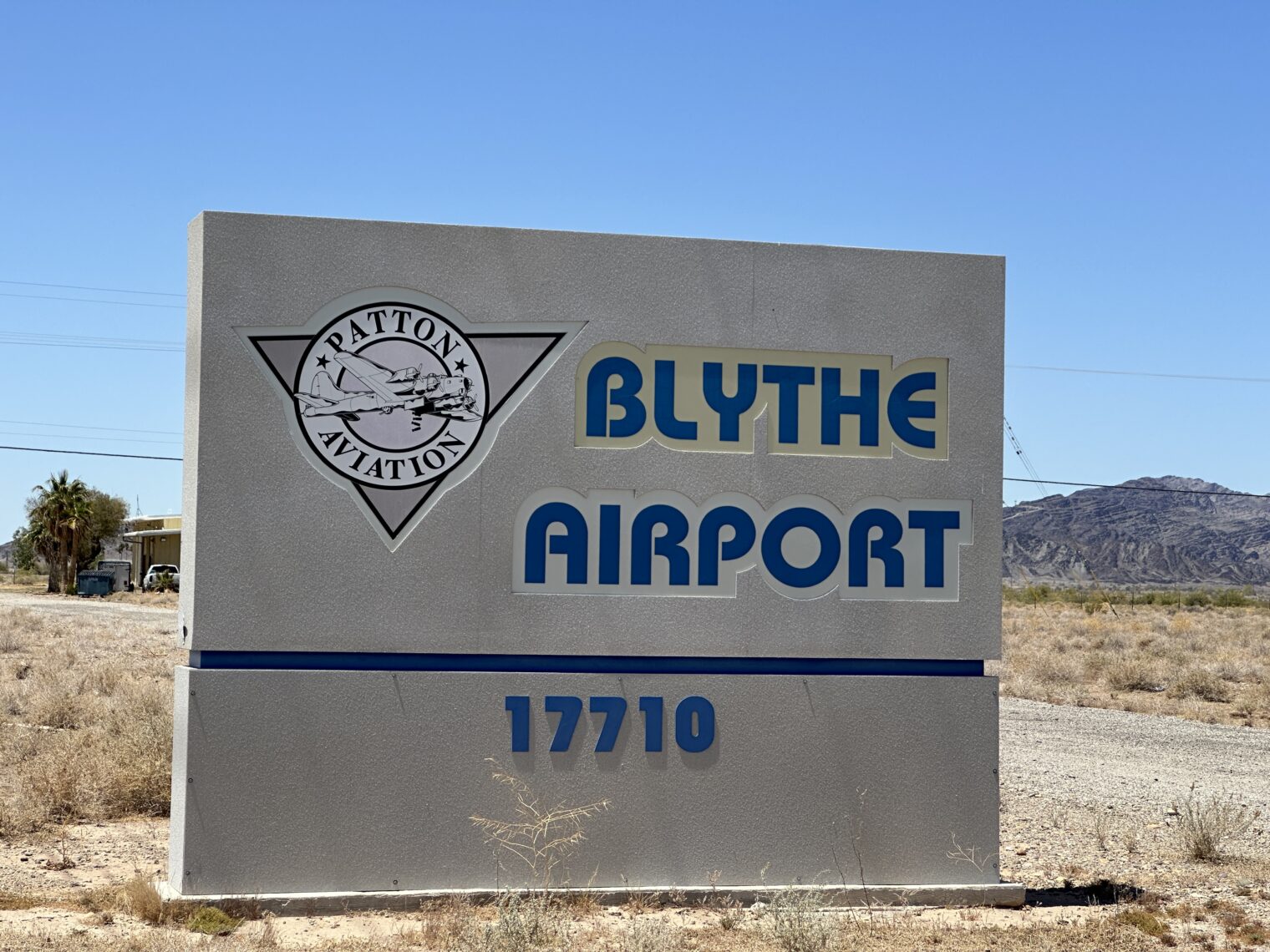
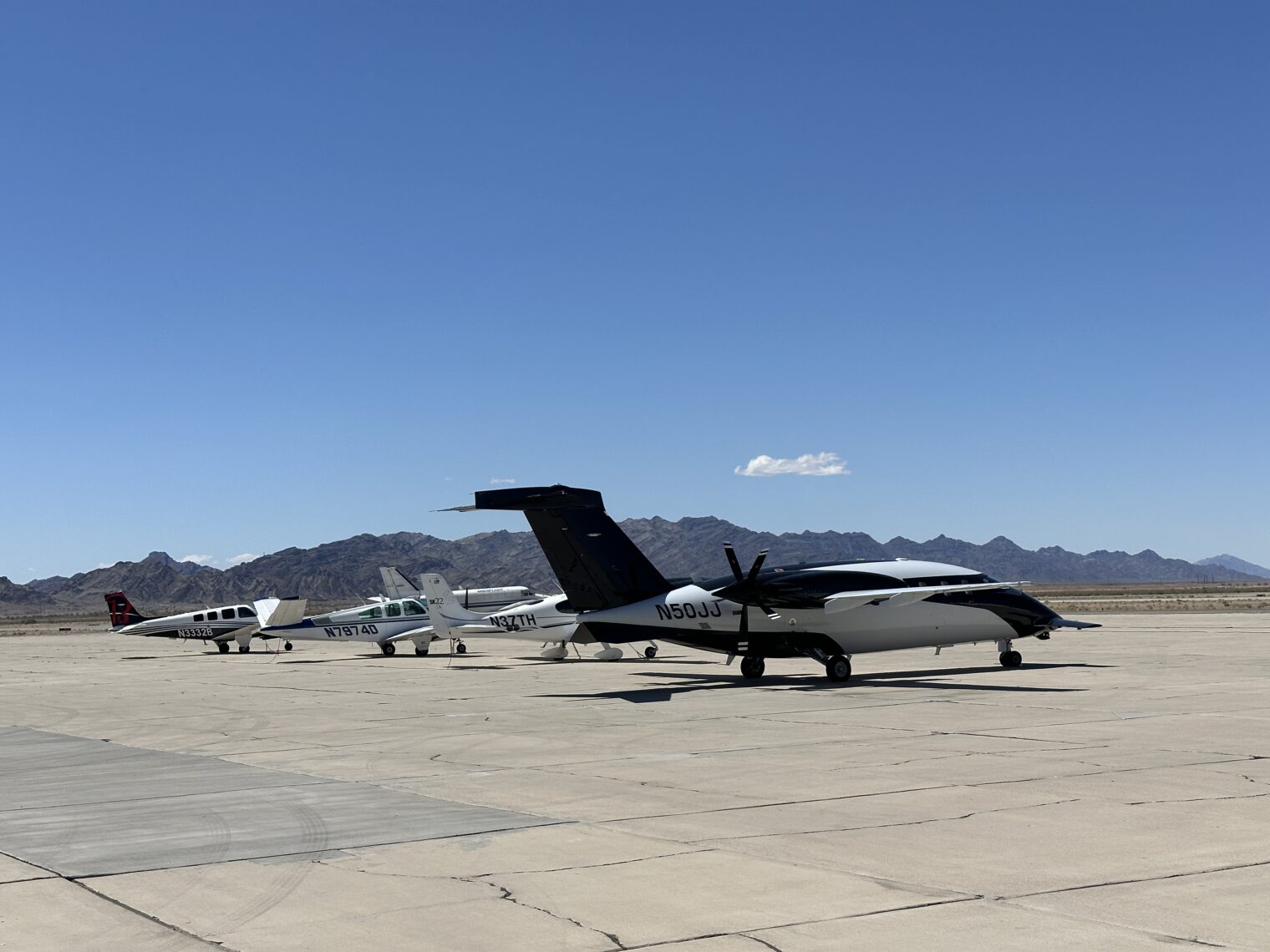

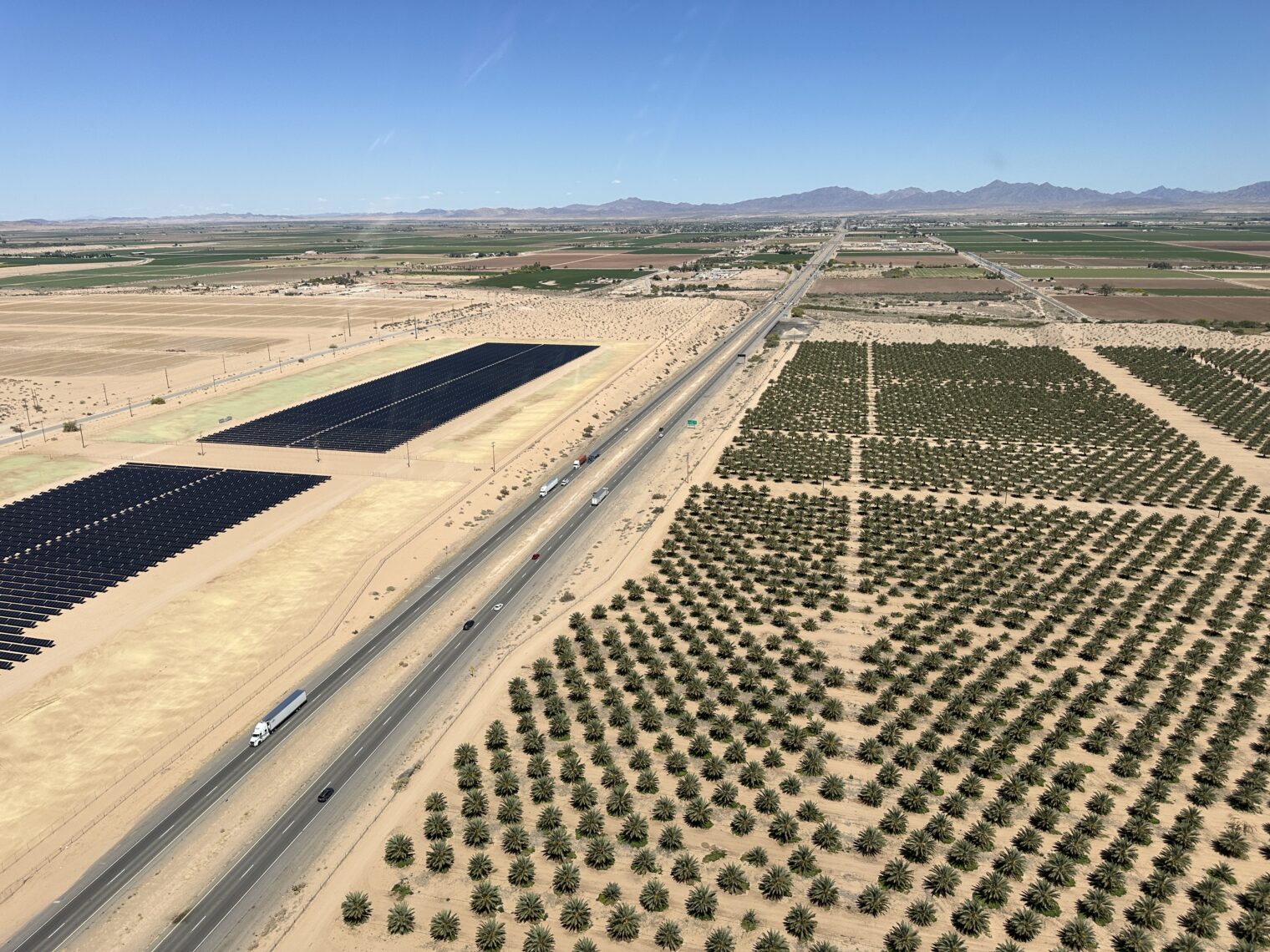
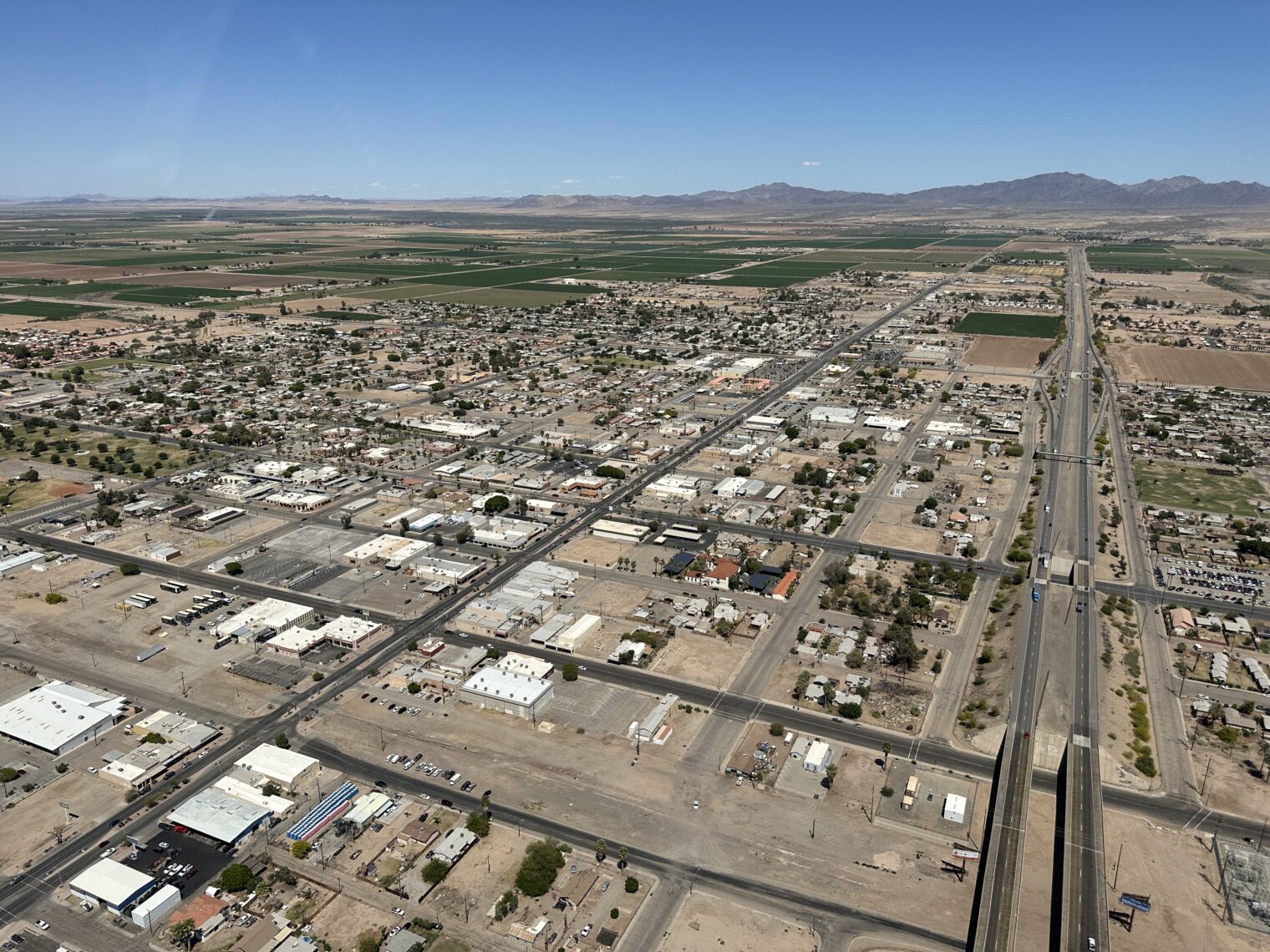
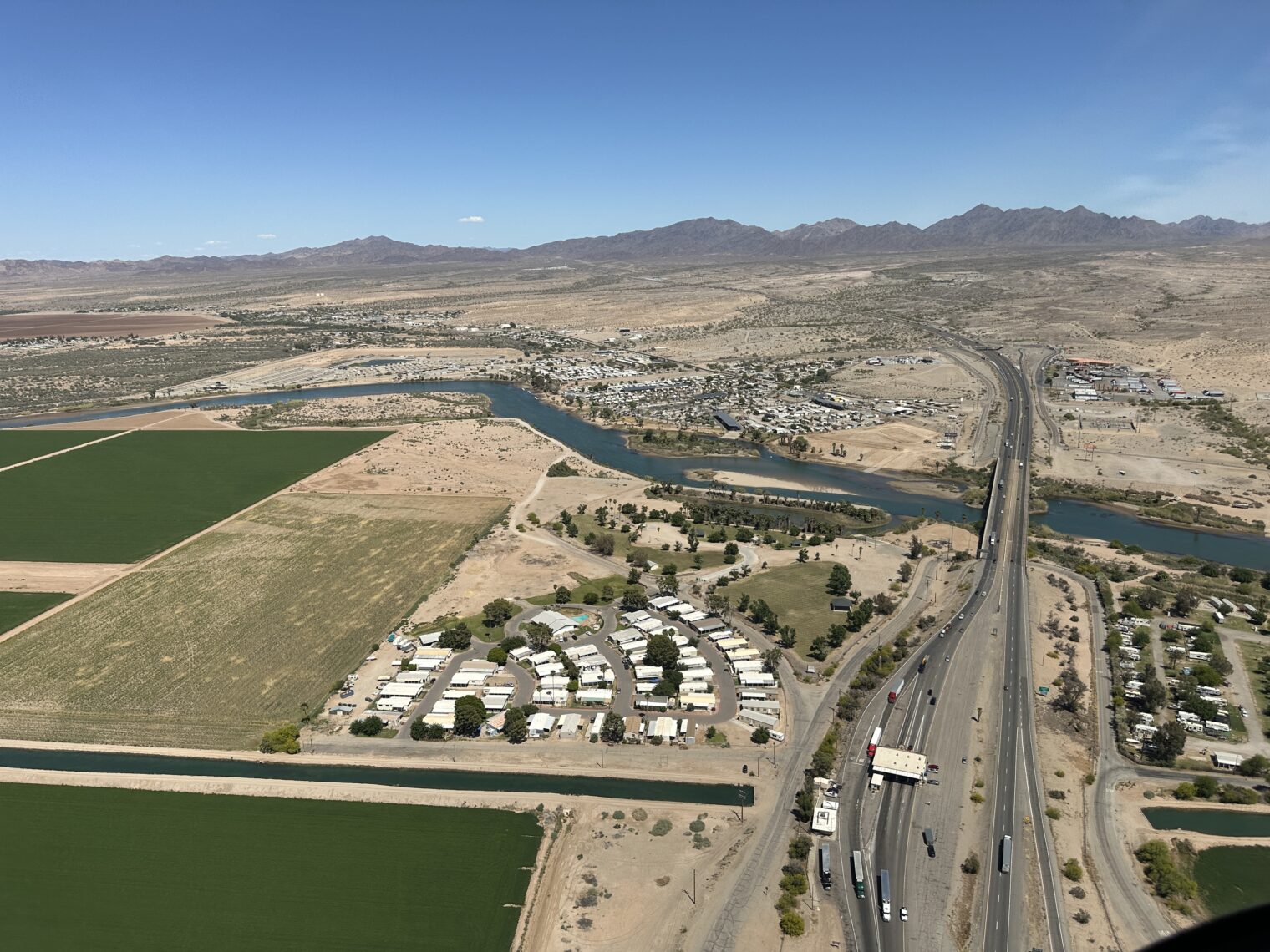
I-10 then climbs into Phoenix, a true master class on sprawl:
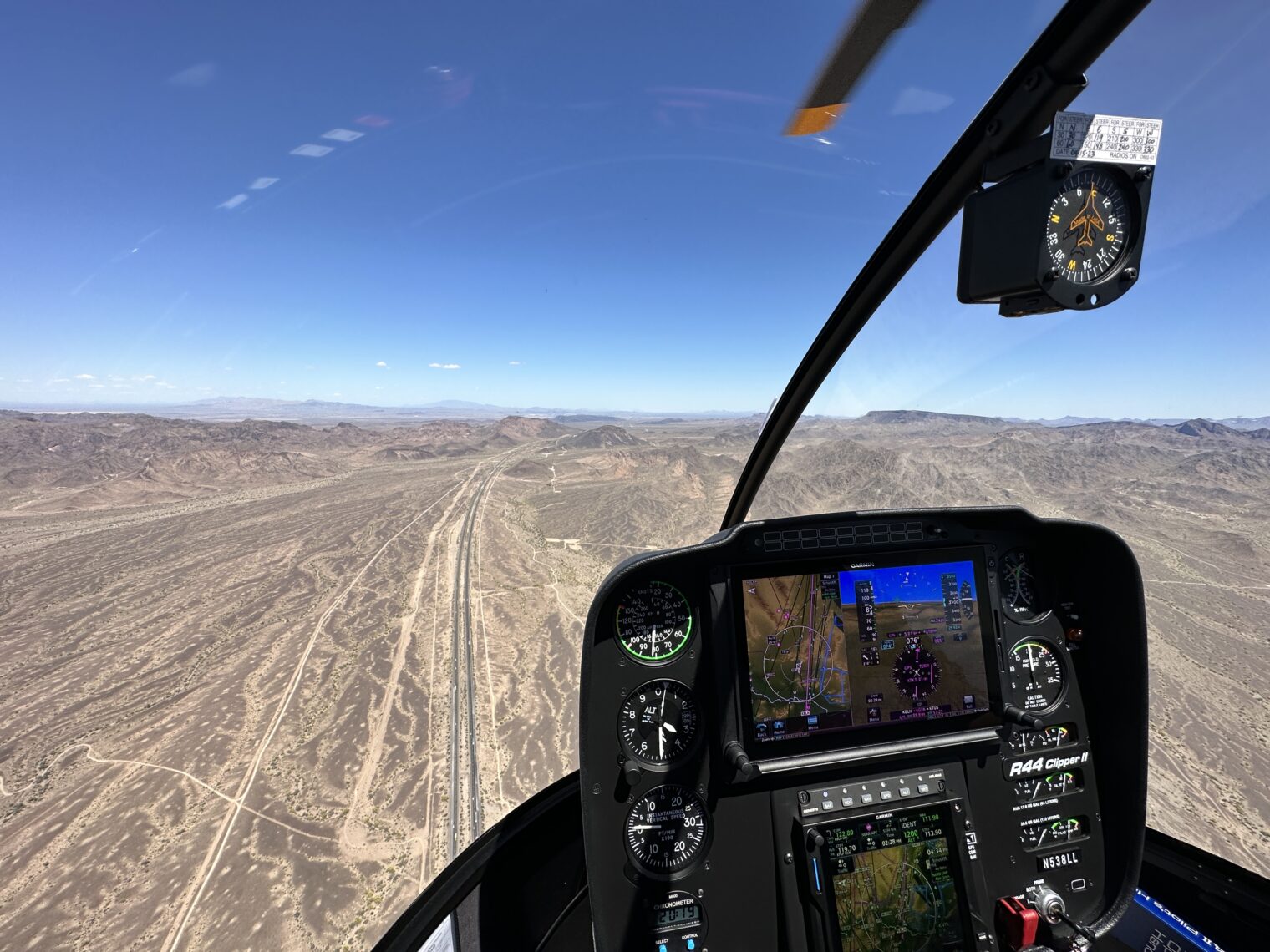
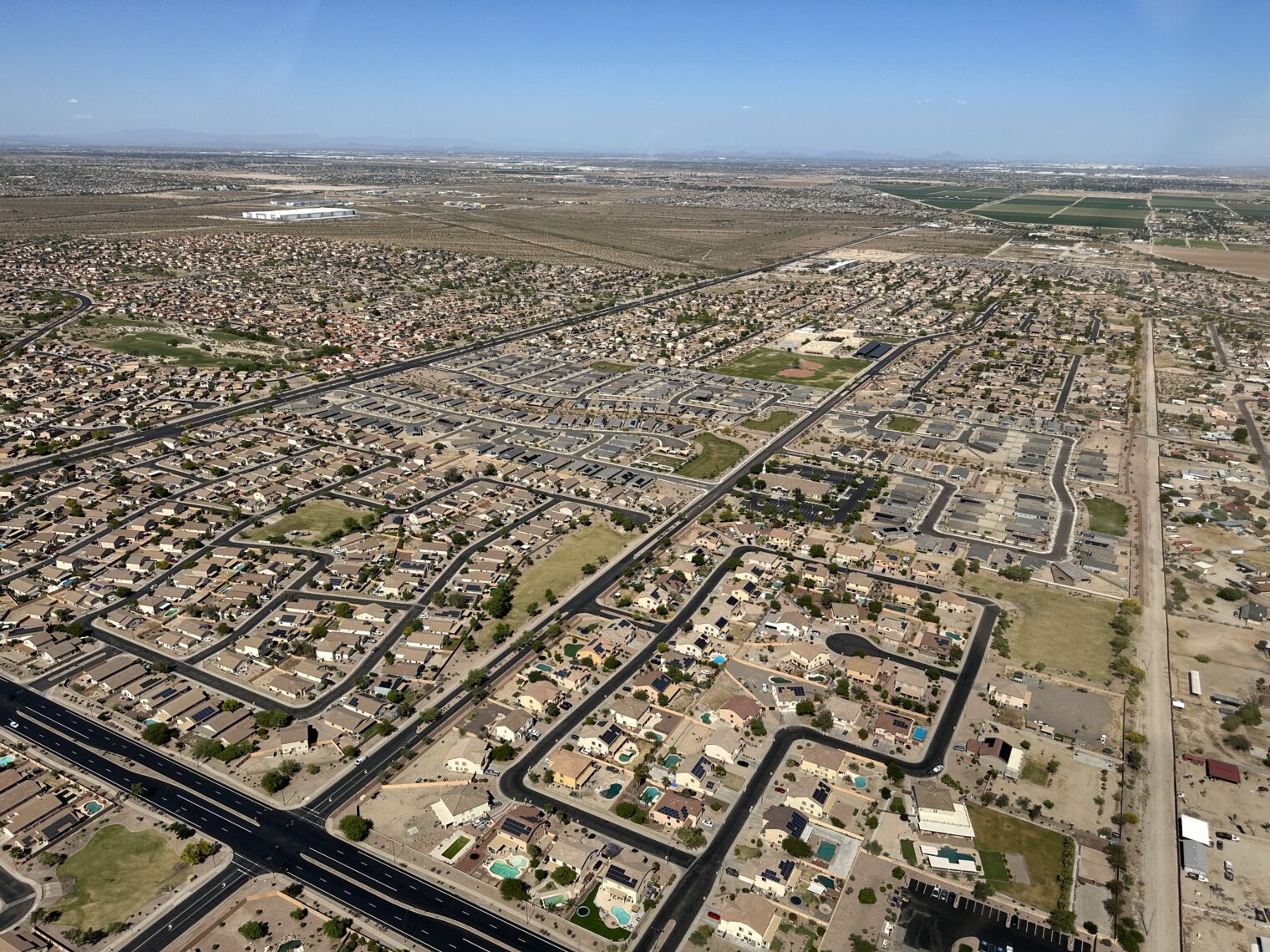
If you want to start an airline, a midnight visit to Pinal, Arizona (KMZJ) with a start cart would save a lot of money (note the Dreamlifter, resting after lifting its last dream):
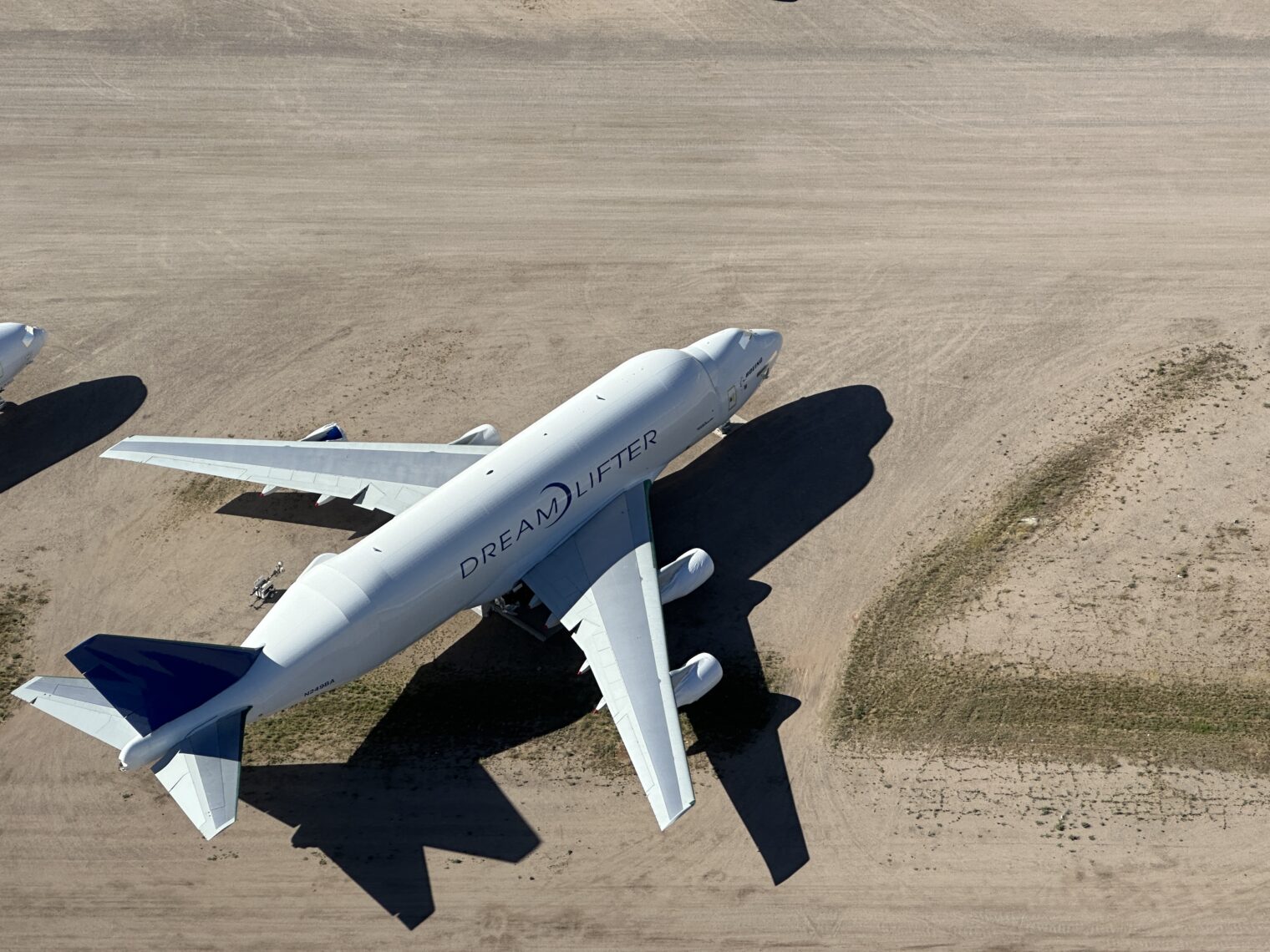
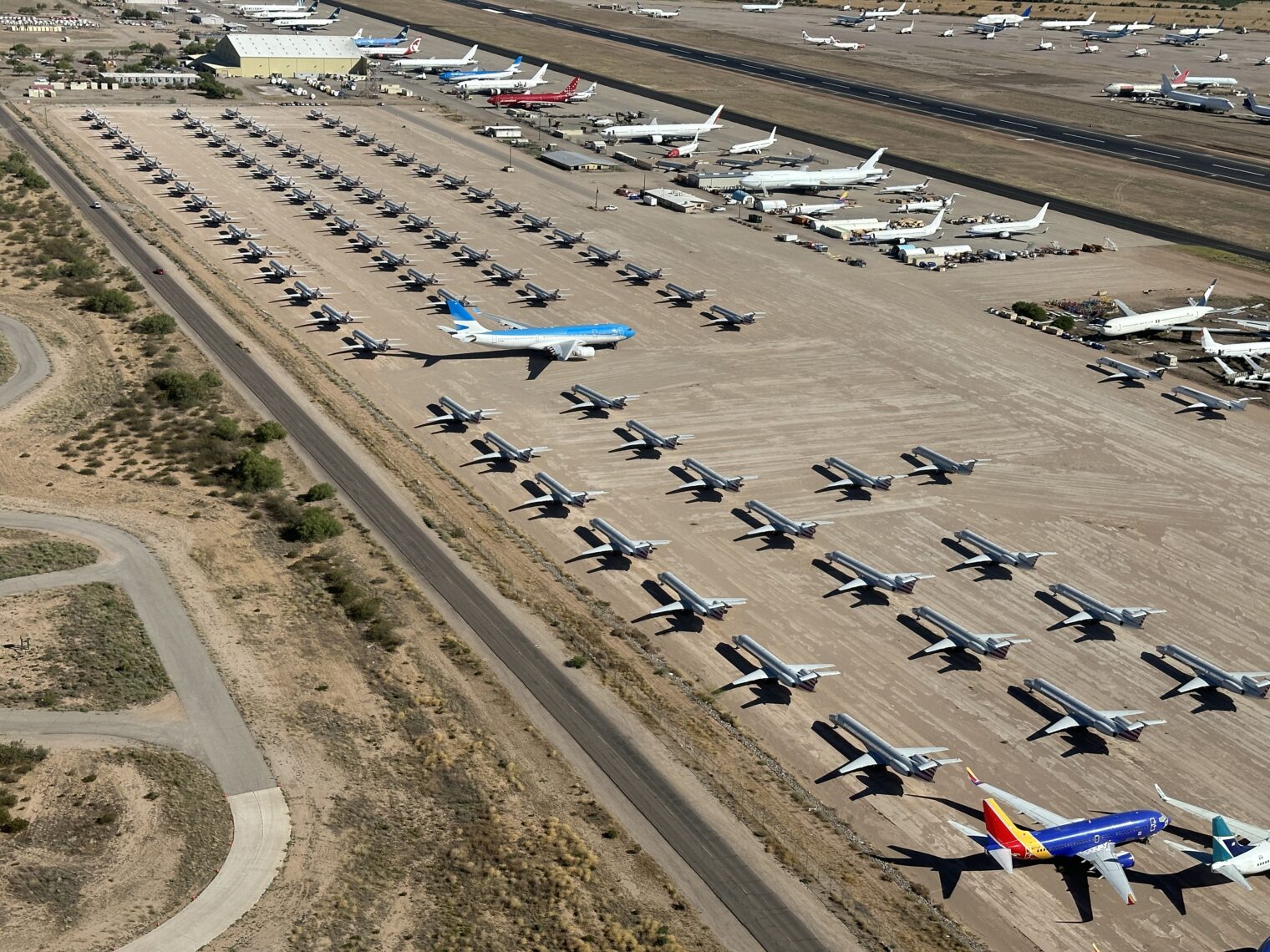
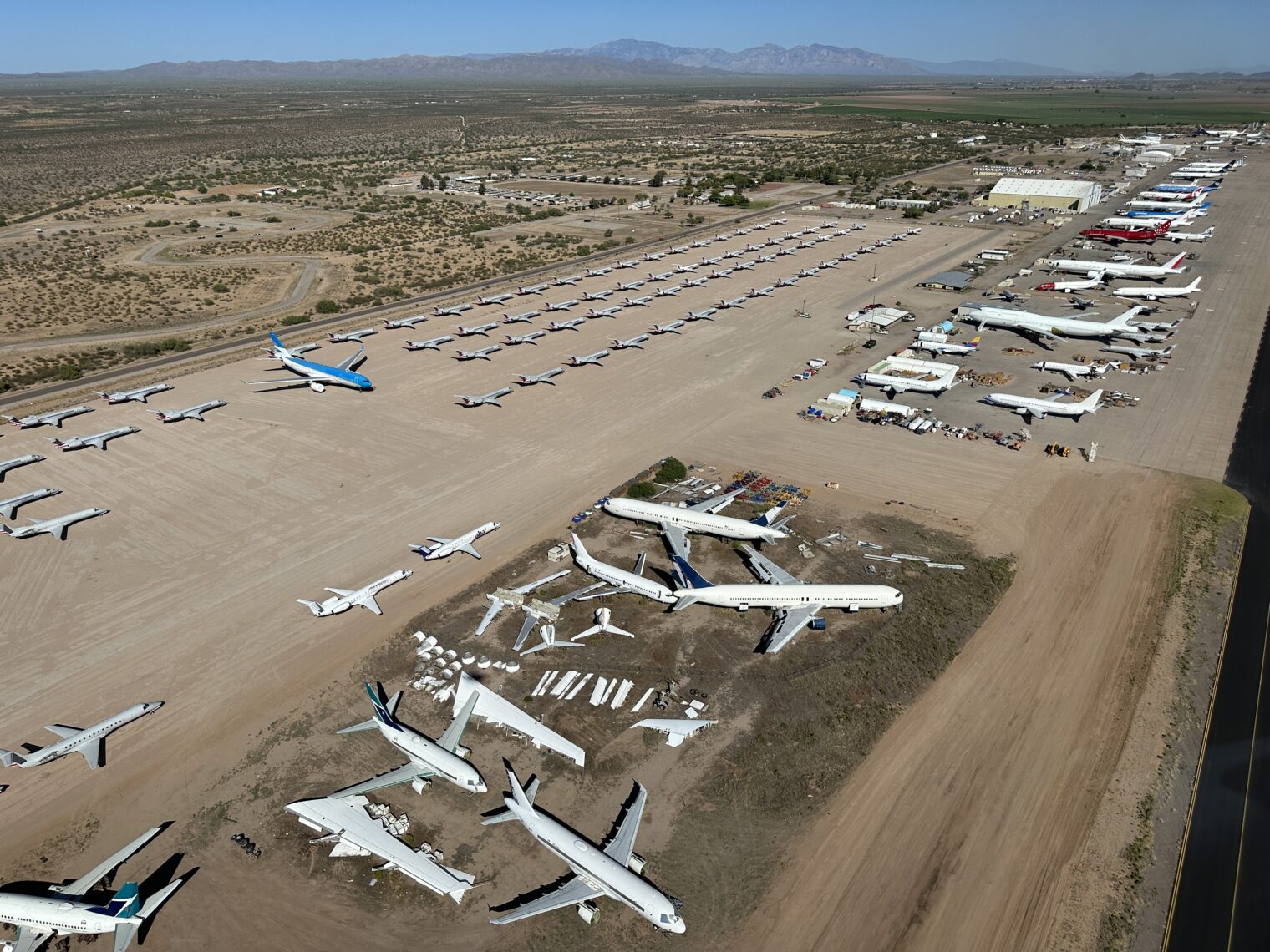
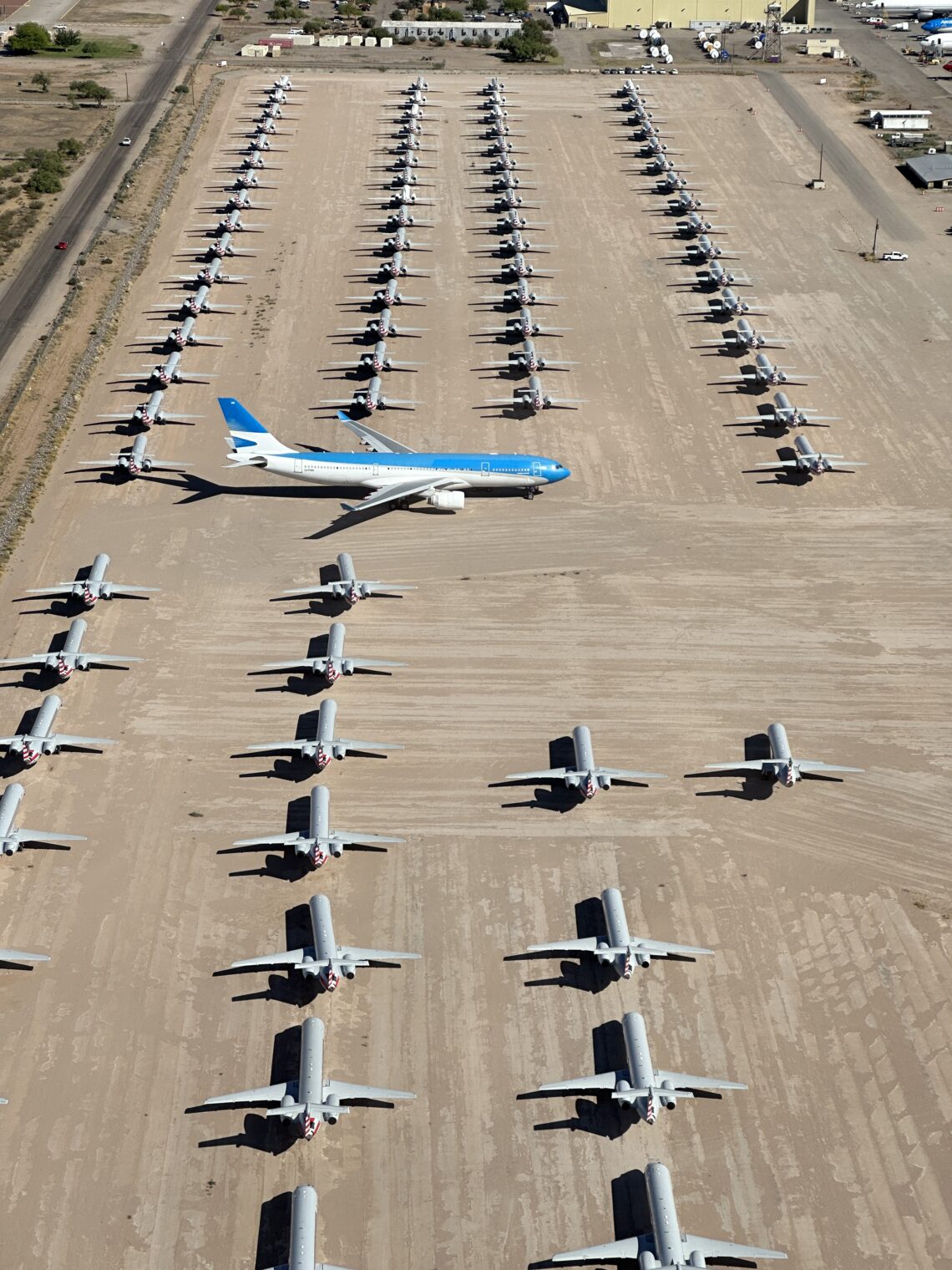
We refueled in Tucson then headed across southern New Mexico as the sun waned. We landed at Million Air in El Paso where if you’ve got a fever and the only prescription is more cowbell, $200,000 for a custom (street legal) motorcycle from B.A.D. Visions will fill that prescription. My favorite is the one devoted to Elvis Presley:

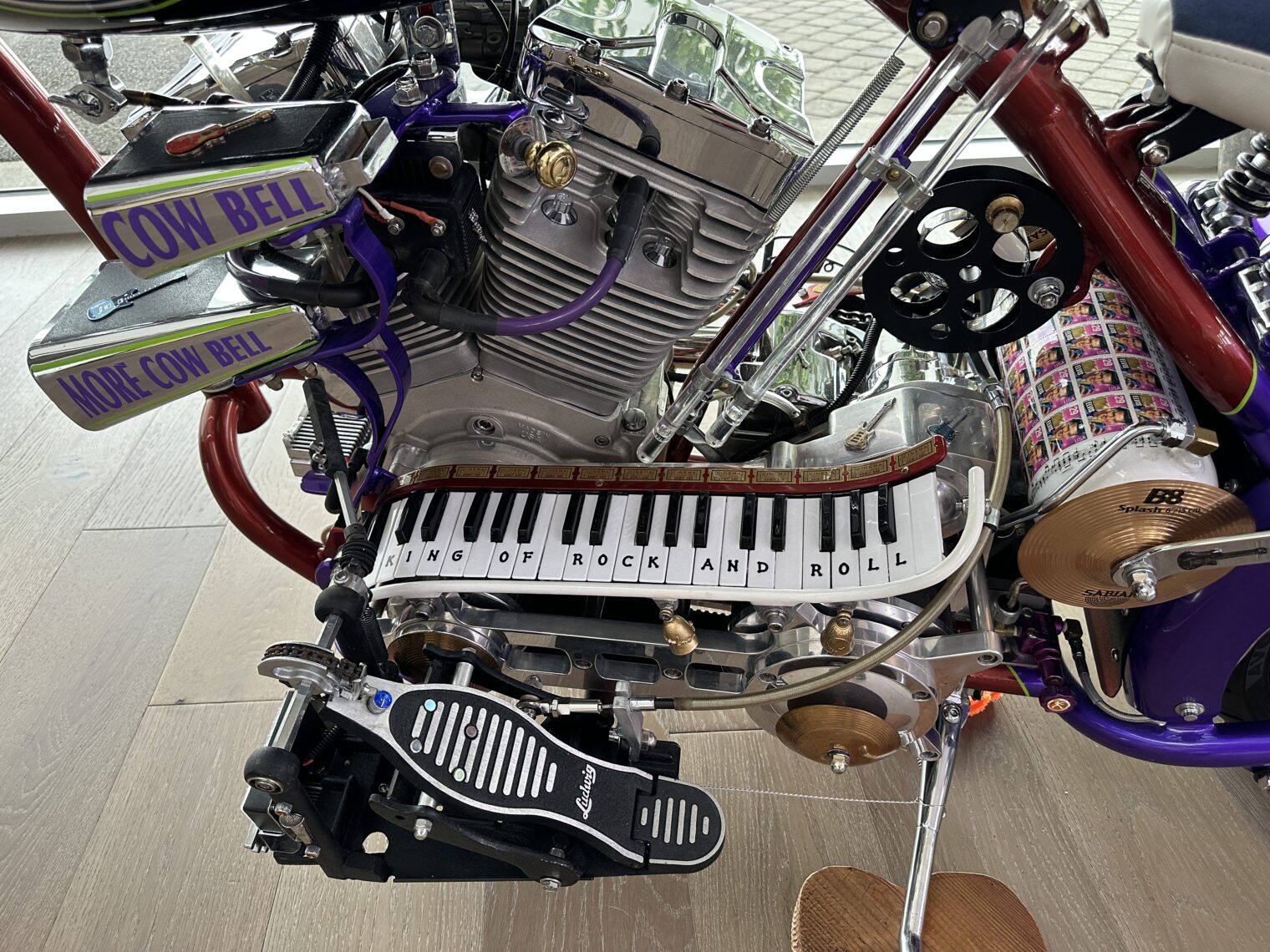
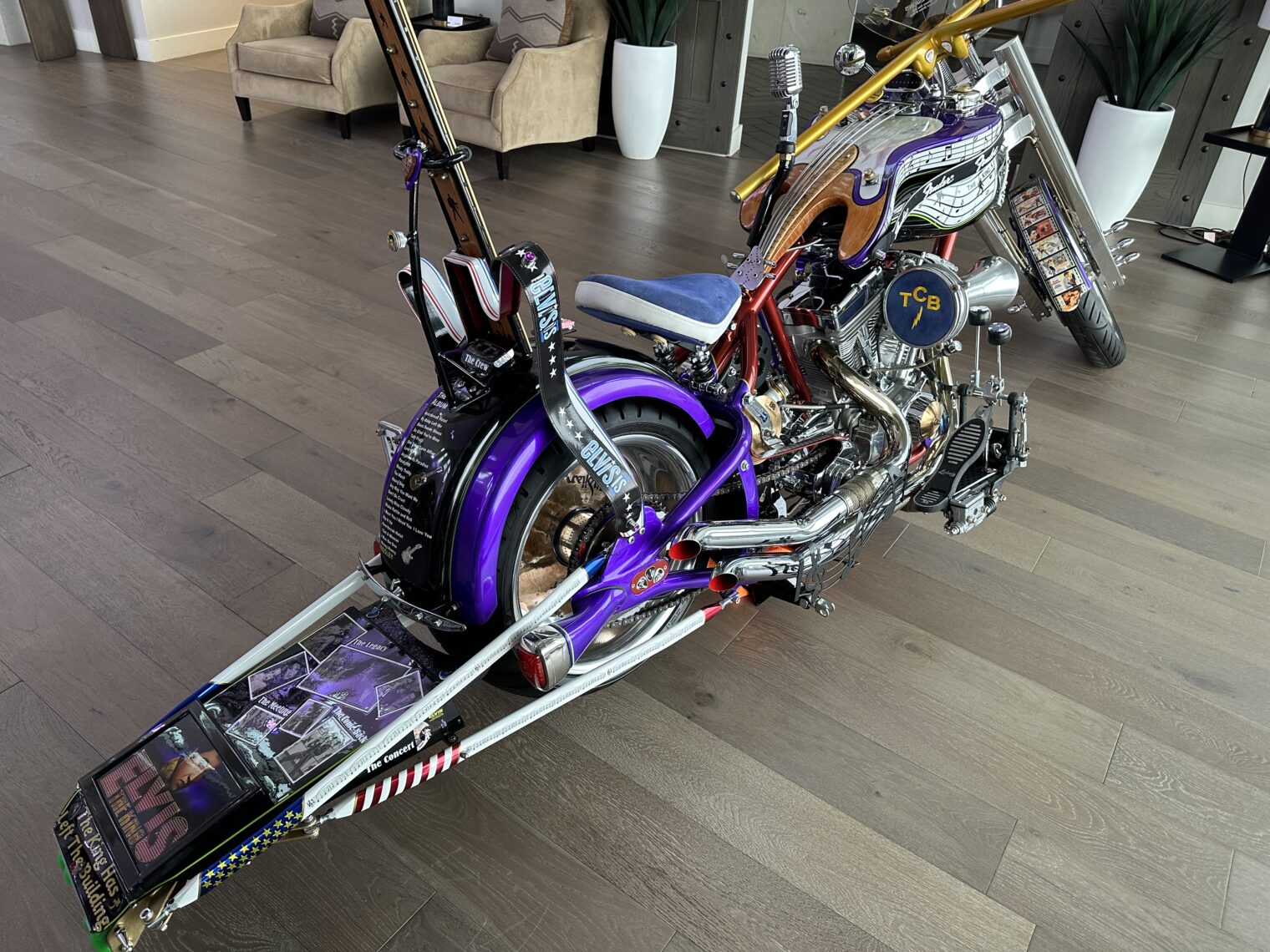
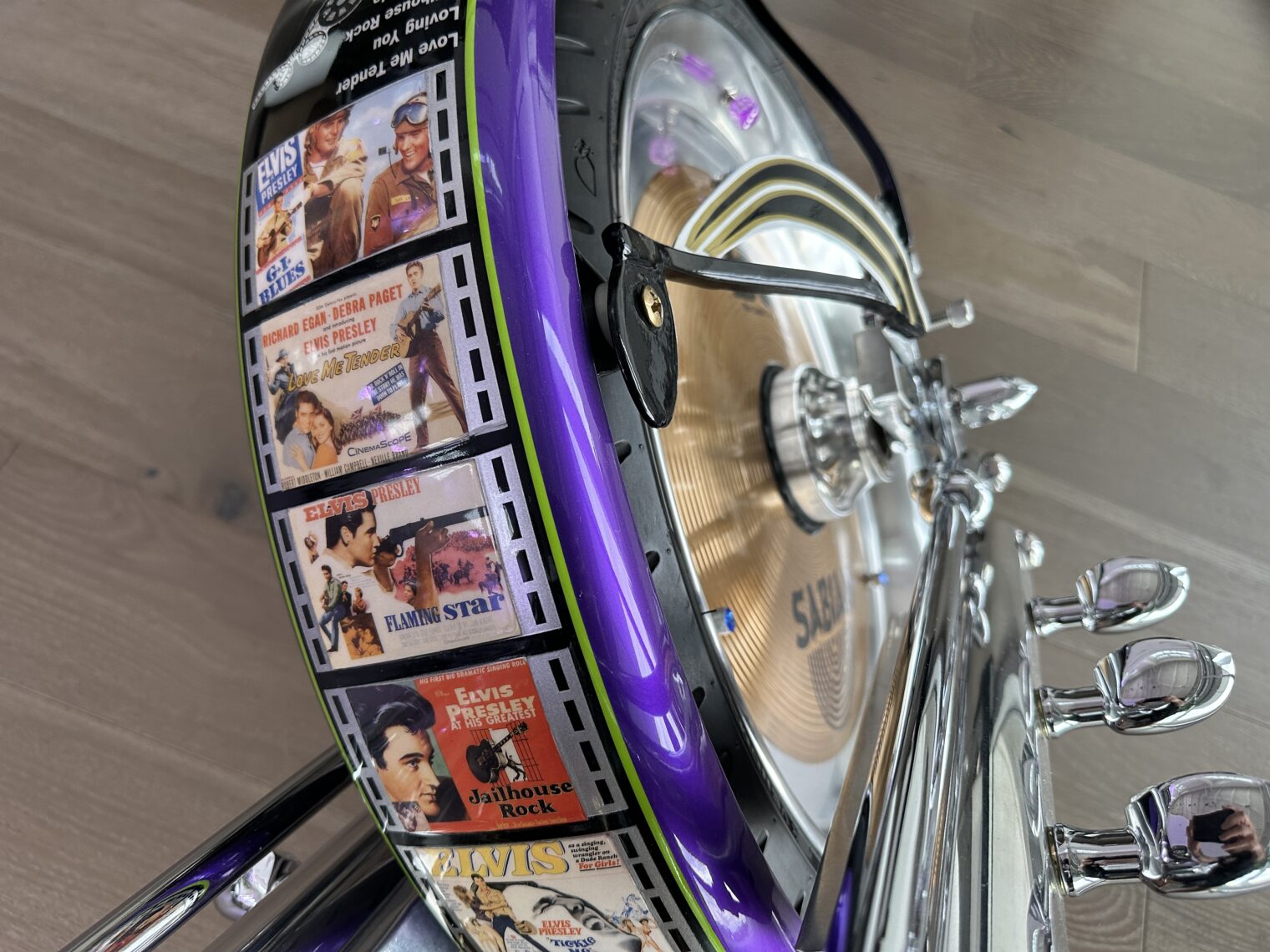
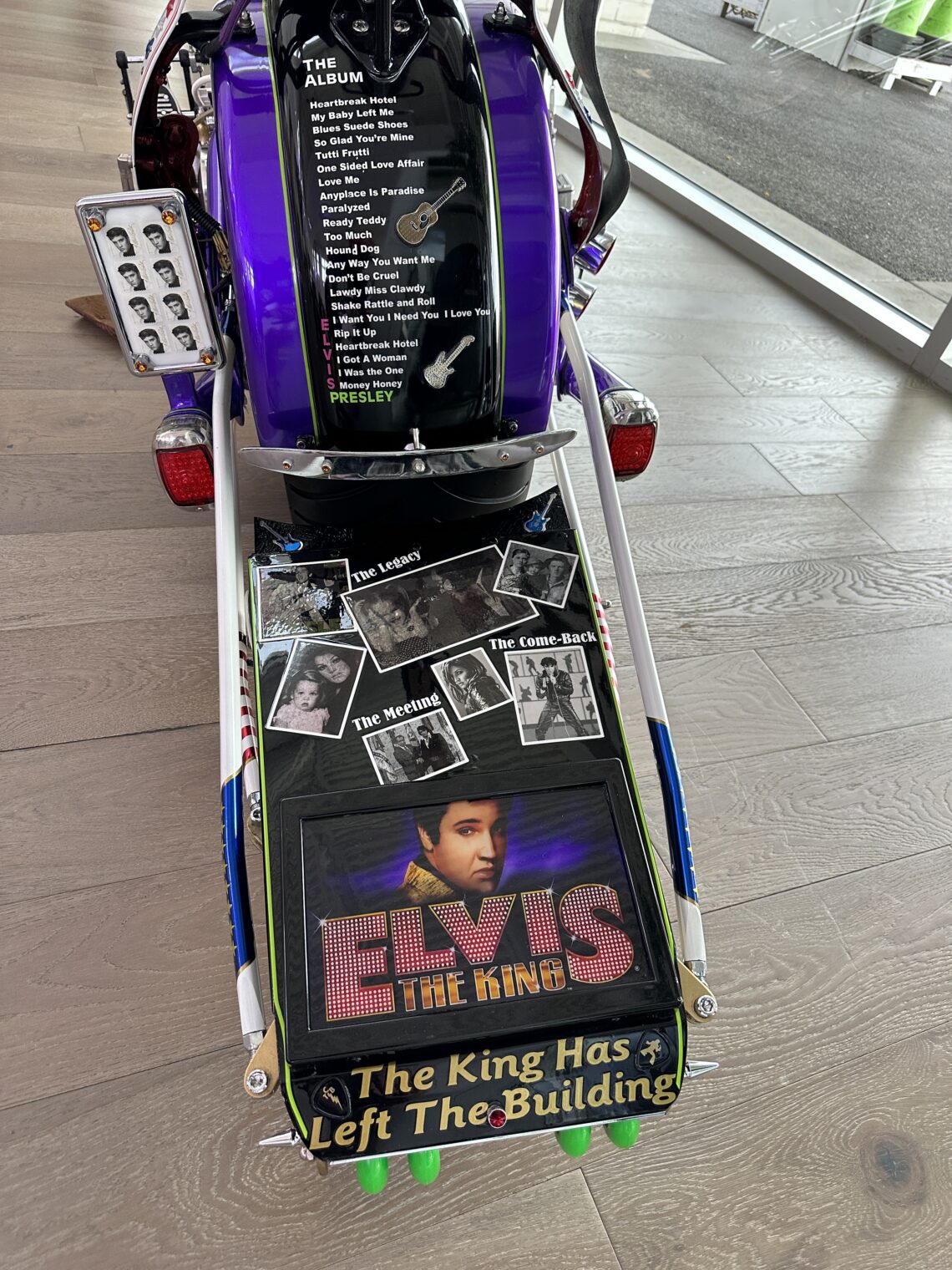
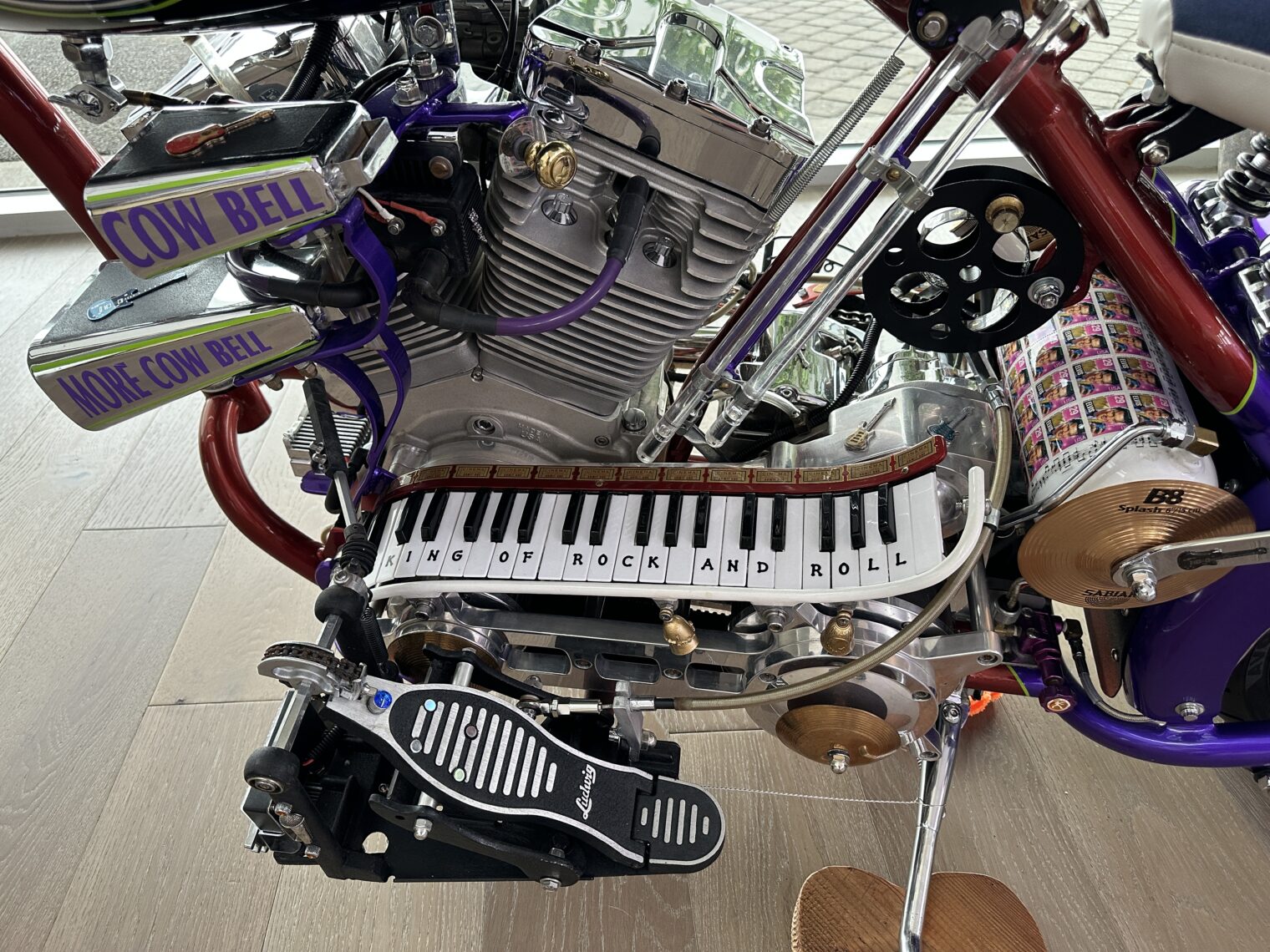
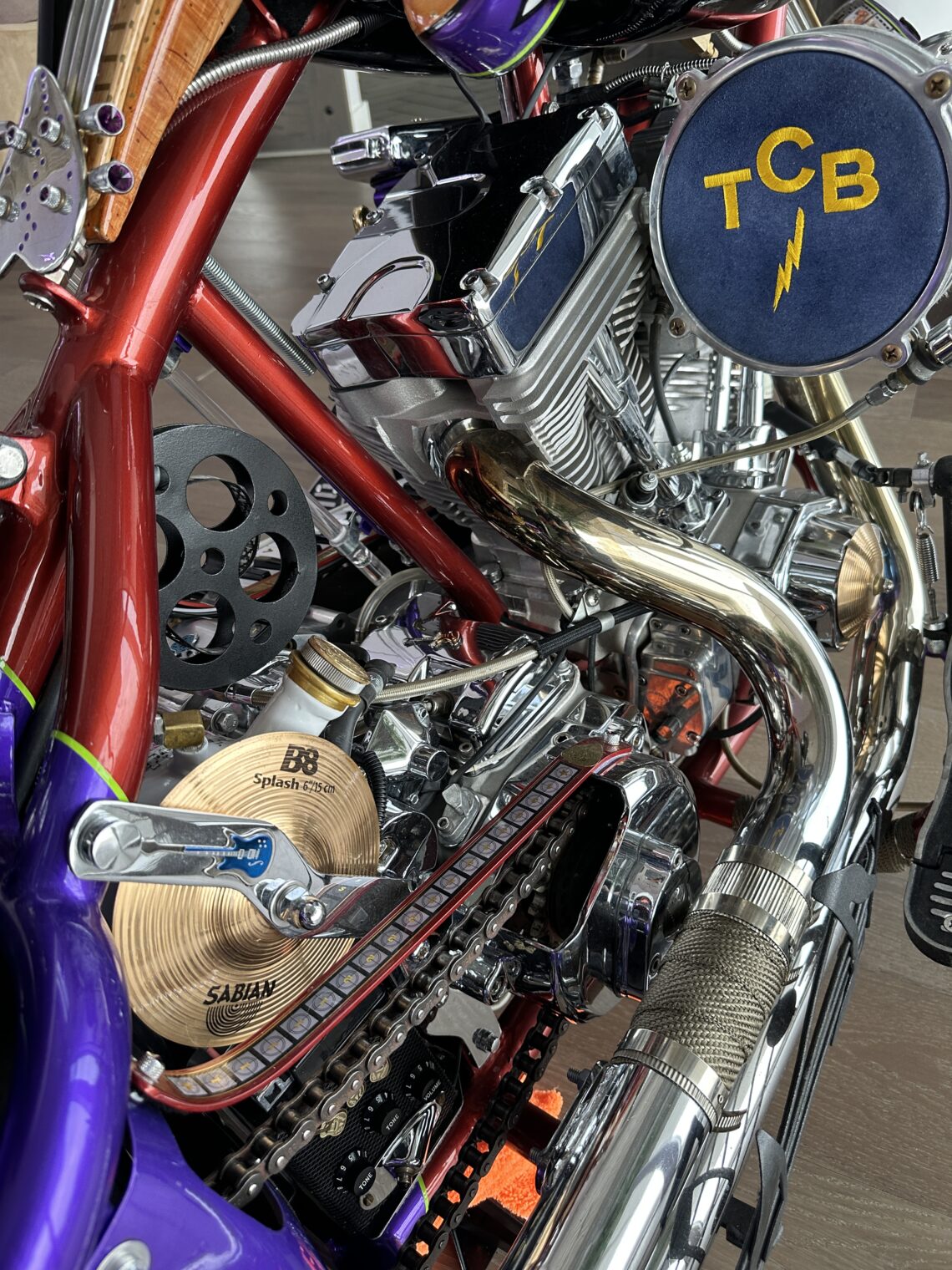
The gal behind the counter said that her favorite was the one with the “suicide stick” for shifting (note bullet casings):
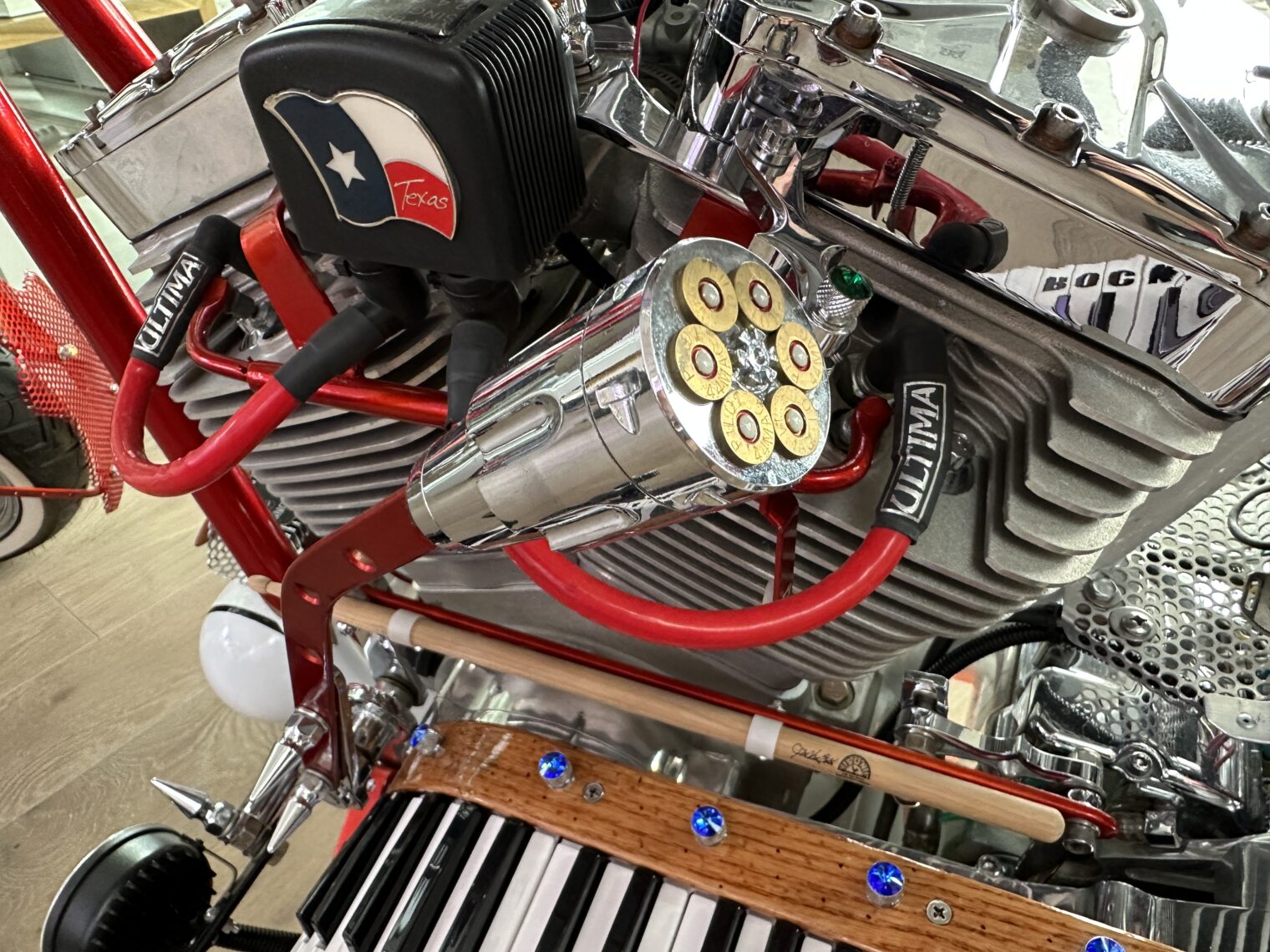
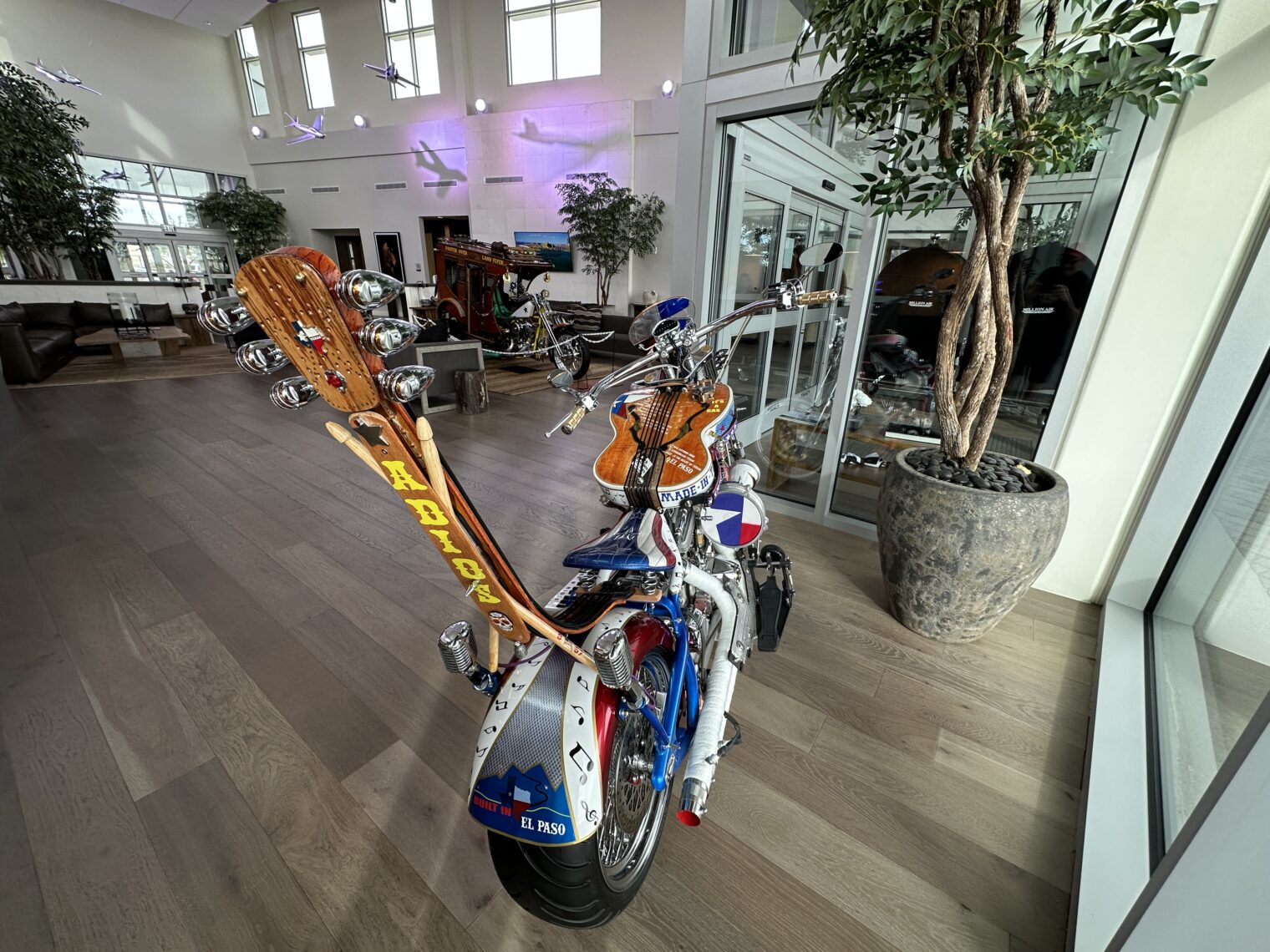
For more protection from the elements:
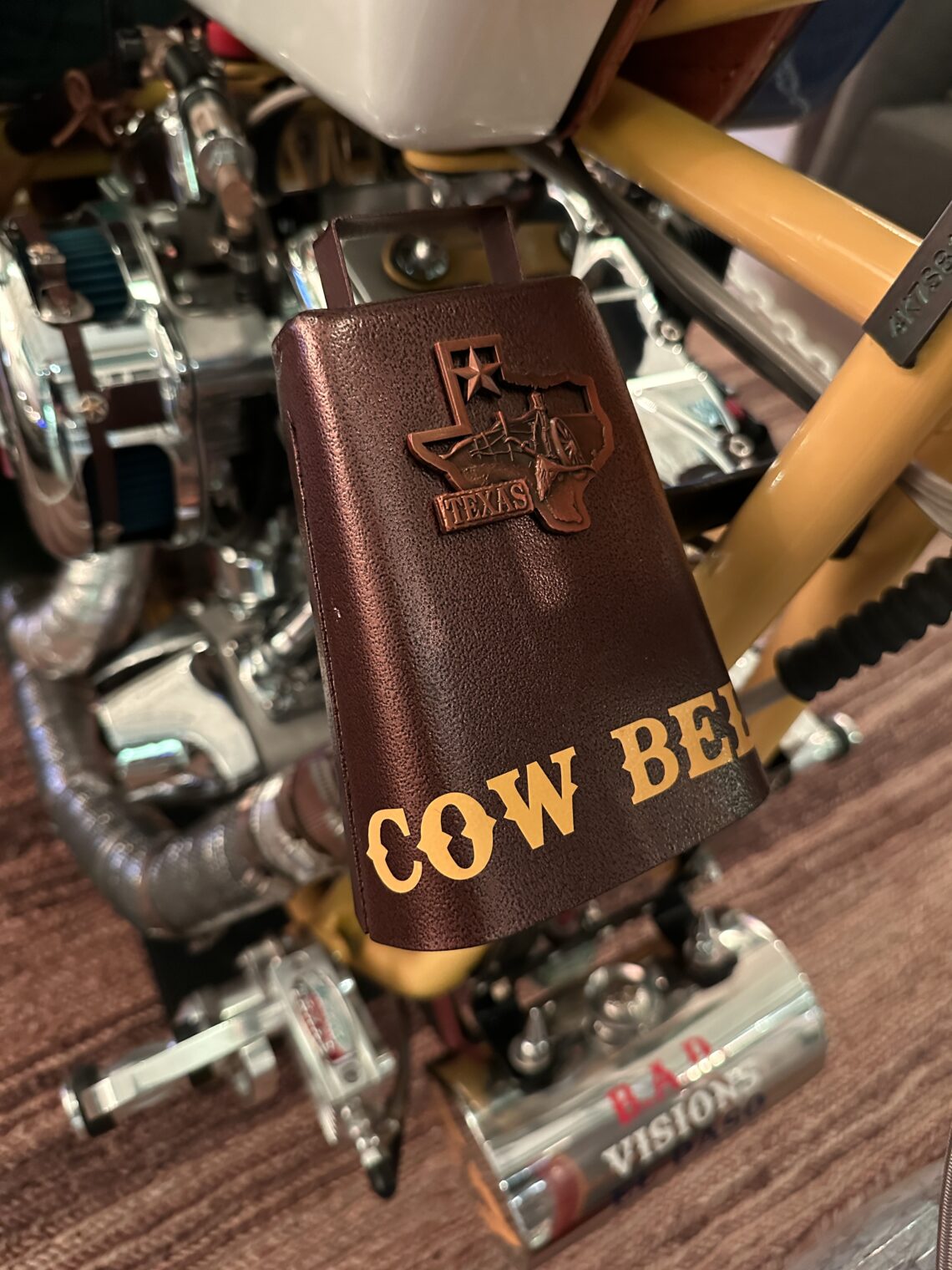
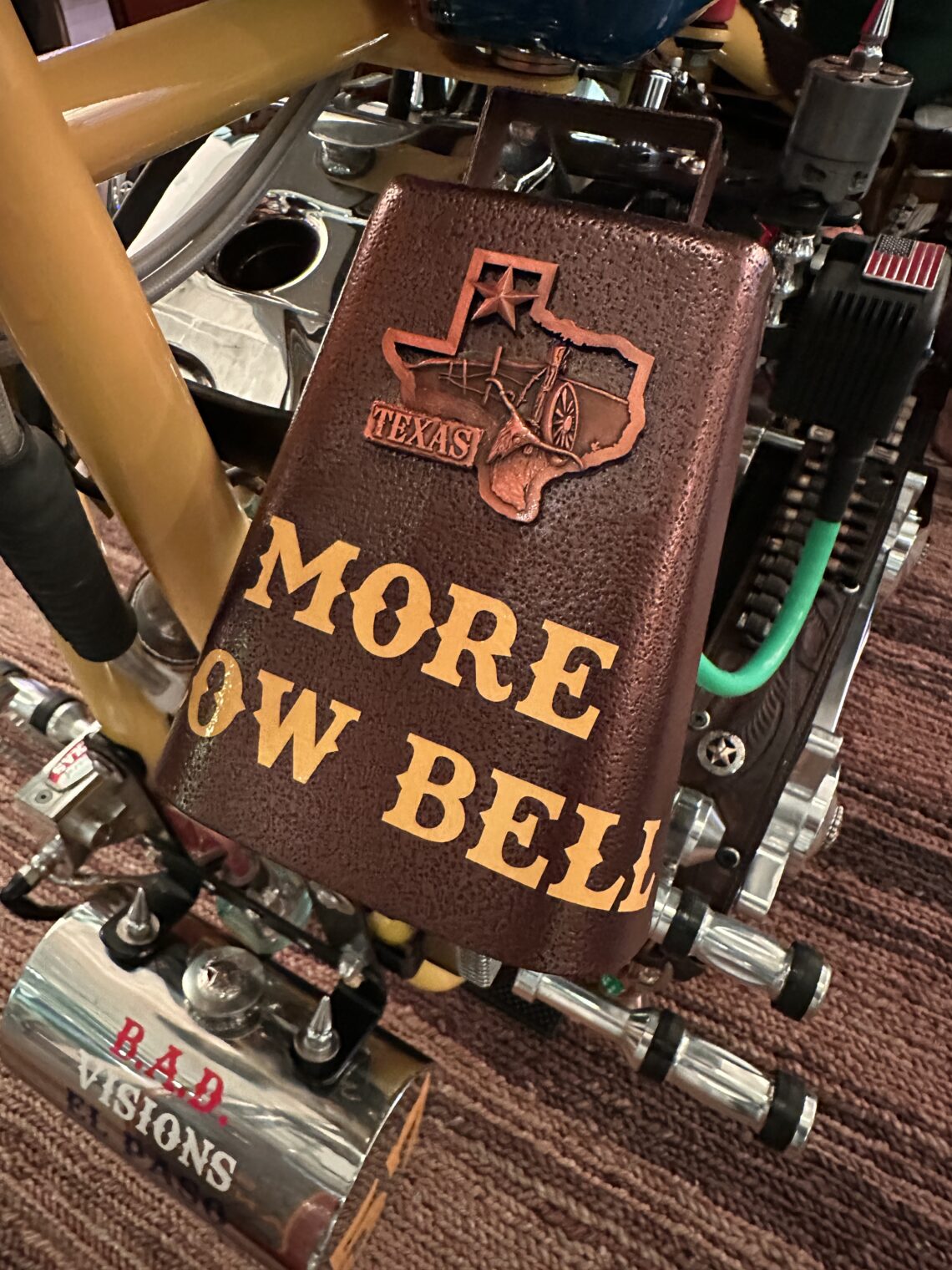
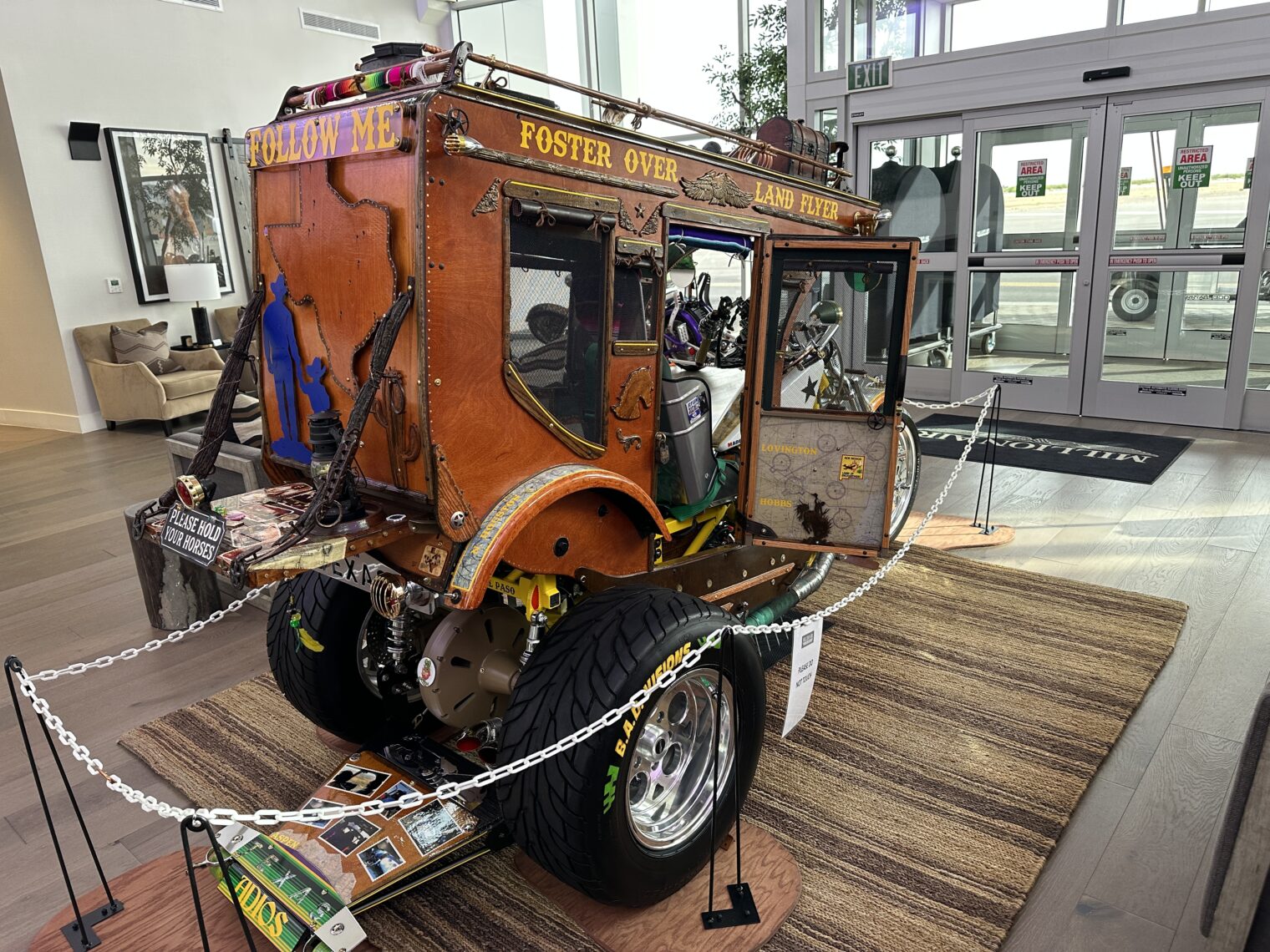
“I drive a Honda minivan,” I explained to the young front desk worker. She responded, “I give you a lot of credit for having the courage to put that on the road.”
In the morning, we fired up to check out the border.

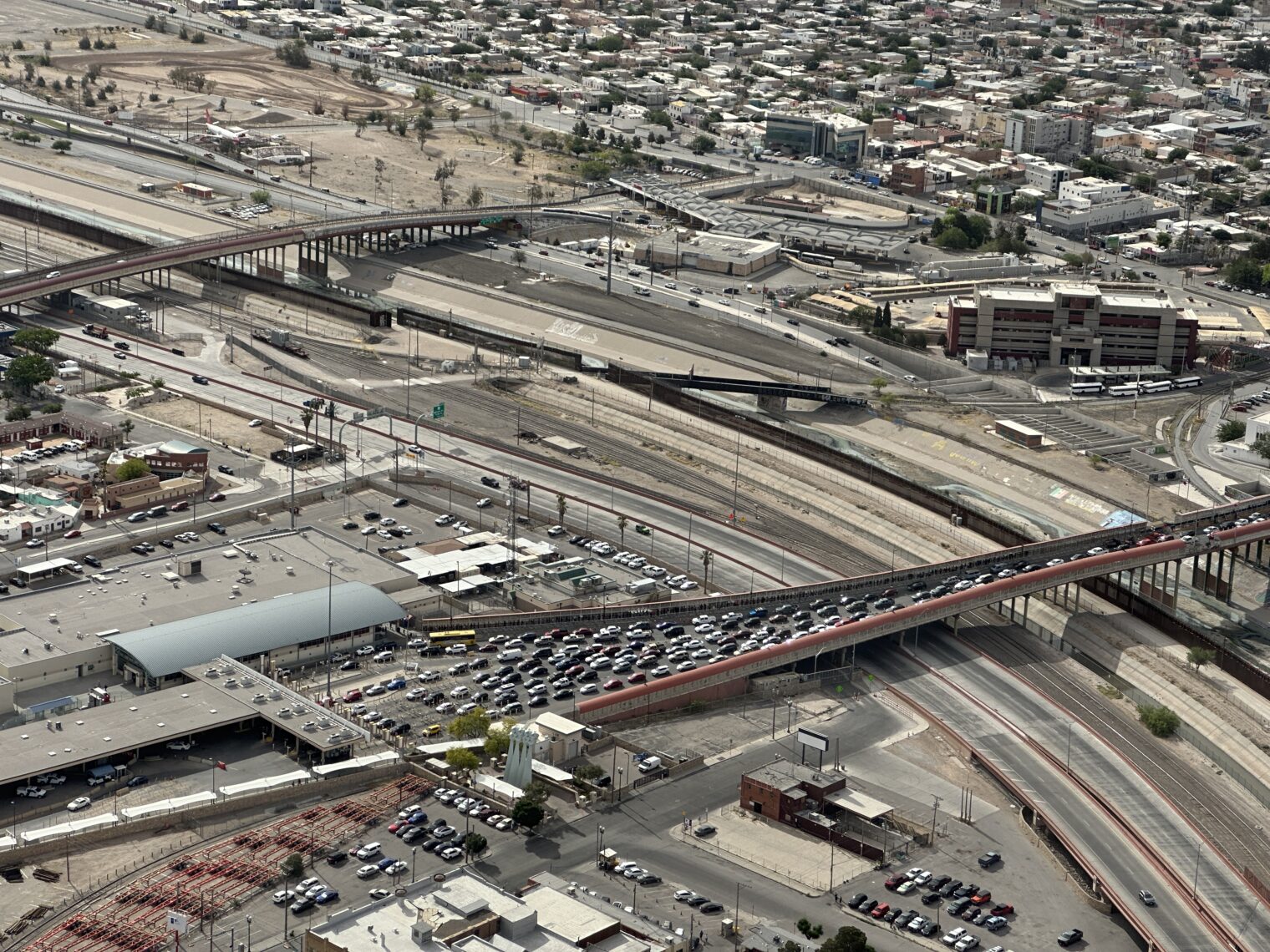
Note that the Biden administration maintains roughly 700 miles of caring humanitarian “fence”, not to be confused with a hateful “wall”.
Our El Paso stop lasted 12 hours, so we were able to register only 732 new voters.
More about this trip in a follow-up post…
Readers: What are you doing to celebrate the end of Title 42? Who is changing the sheets in the guest bedroom so that the next 20 or 30 million migrants can be welcomed properly?
Related:
- Pew Research 2015 demographic forecast: “… future immigrants and their descendants will be an even bigger source of population growth. Between 2015 and 2065, they are projected to account for 88% of the U.S. population increase, or 103 million people, as the nation grows to 441 million.”
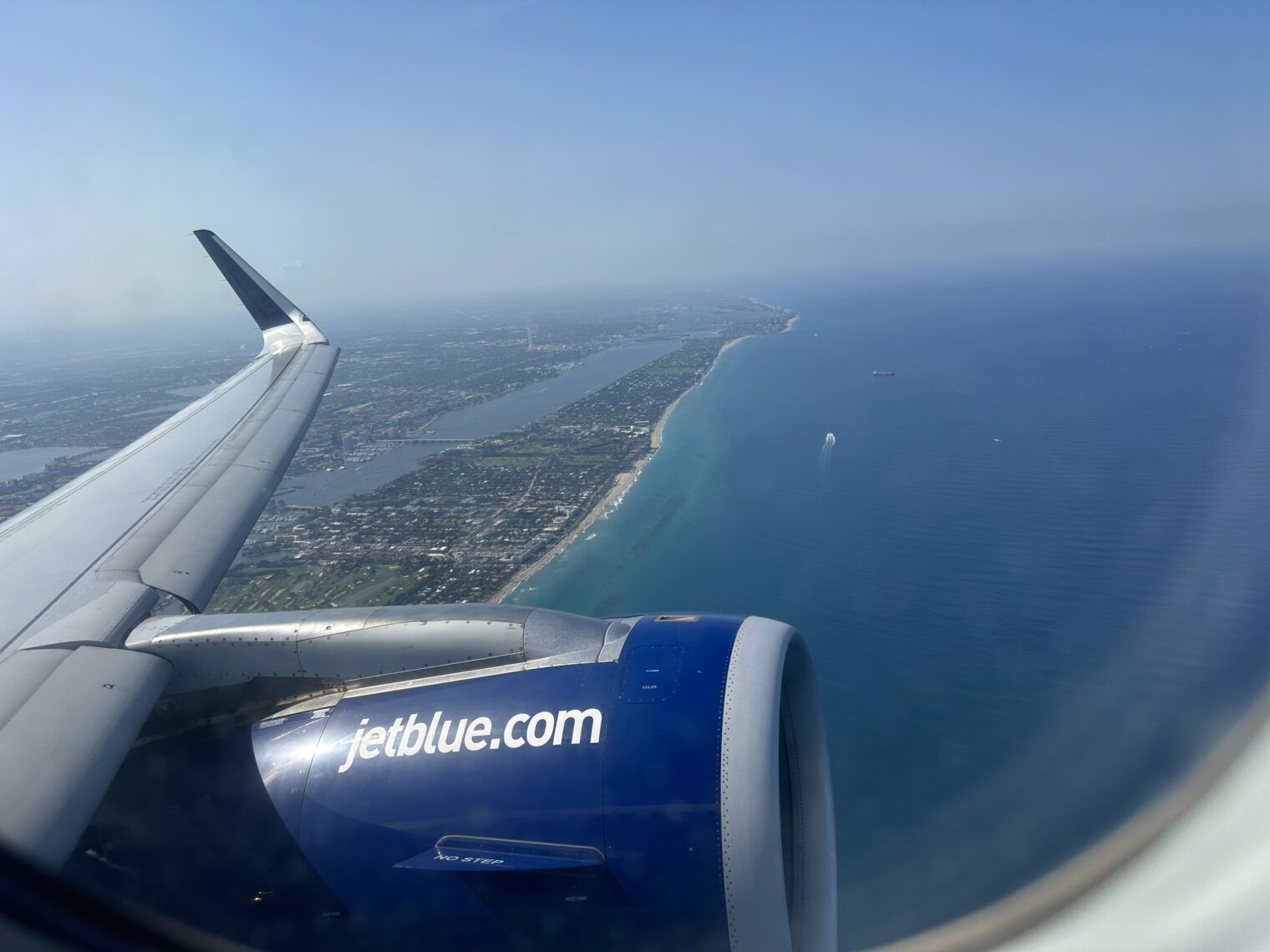


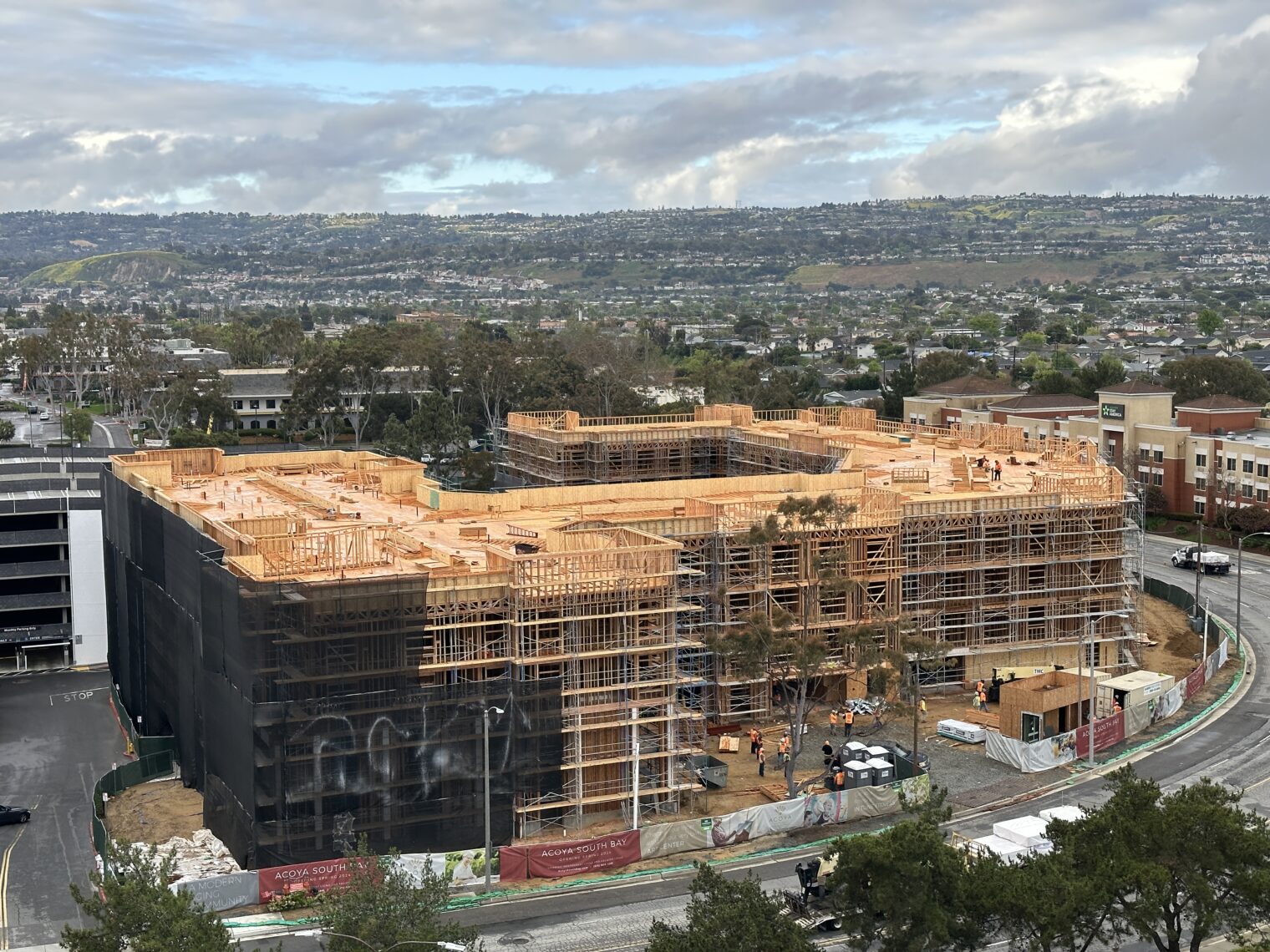
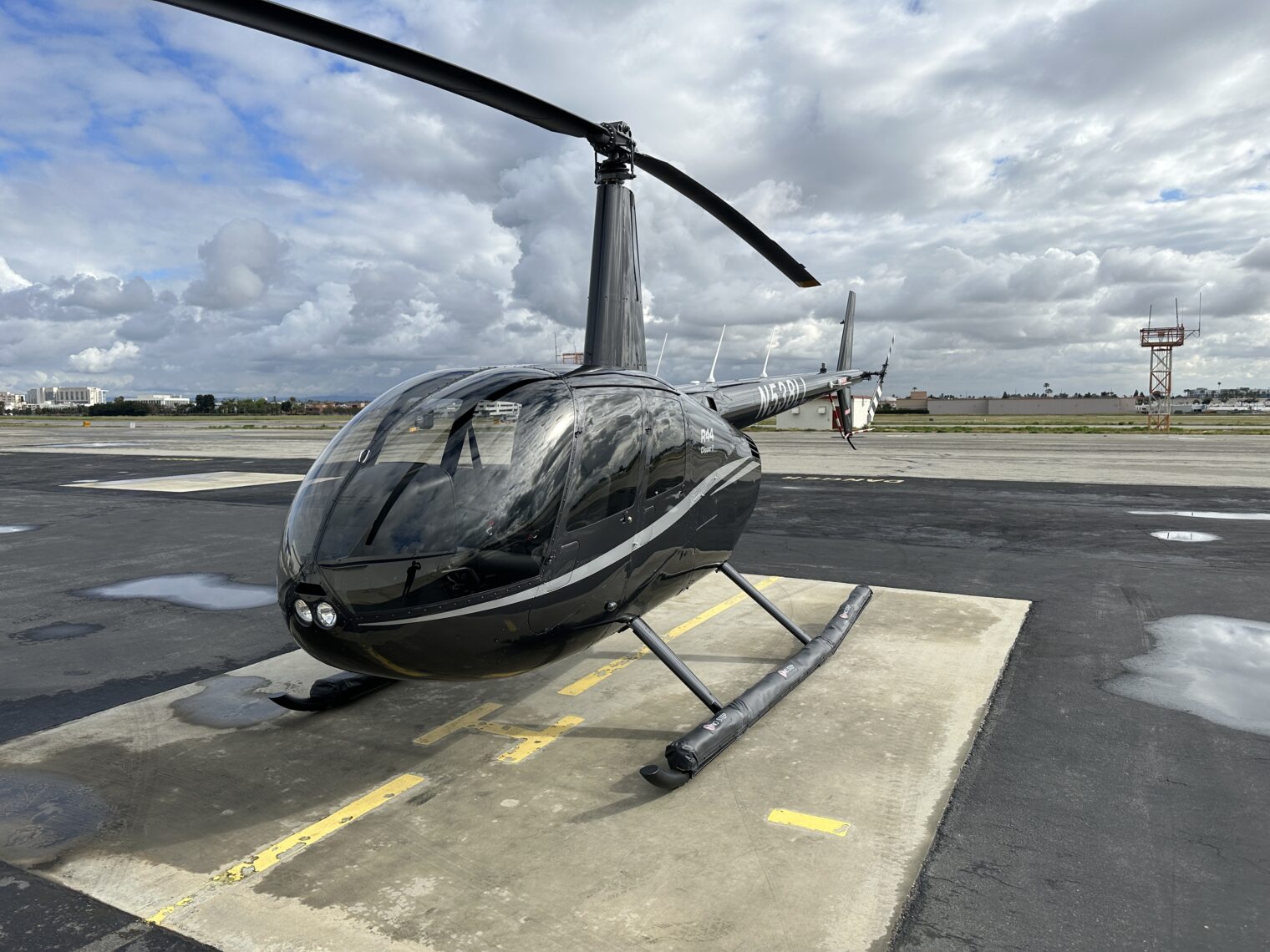
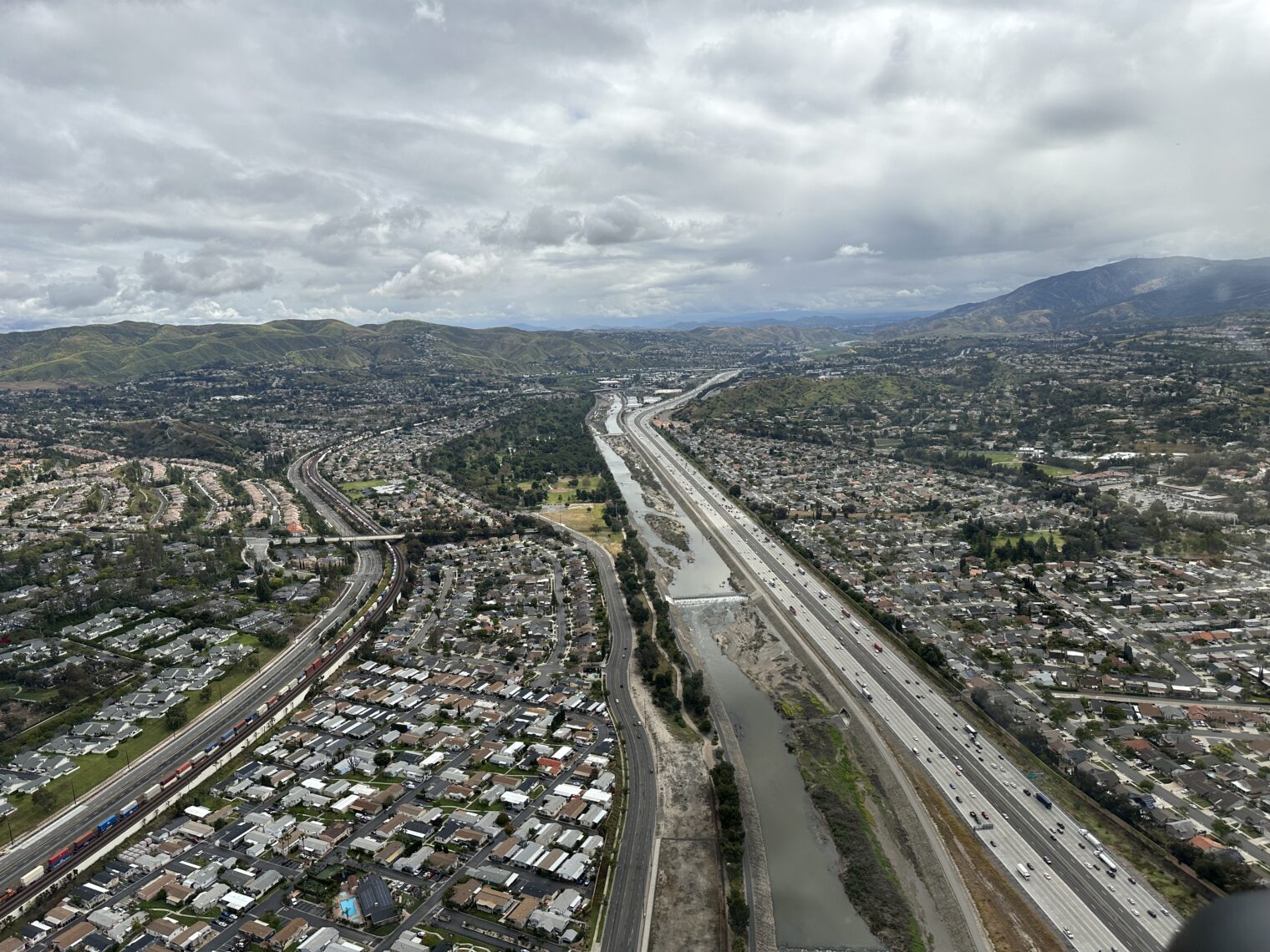
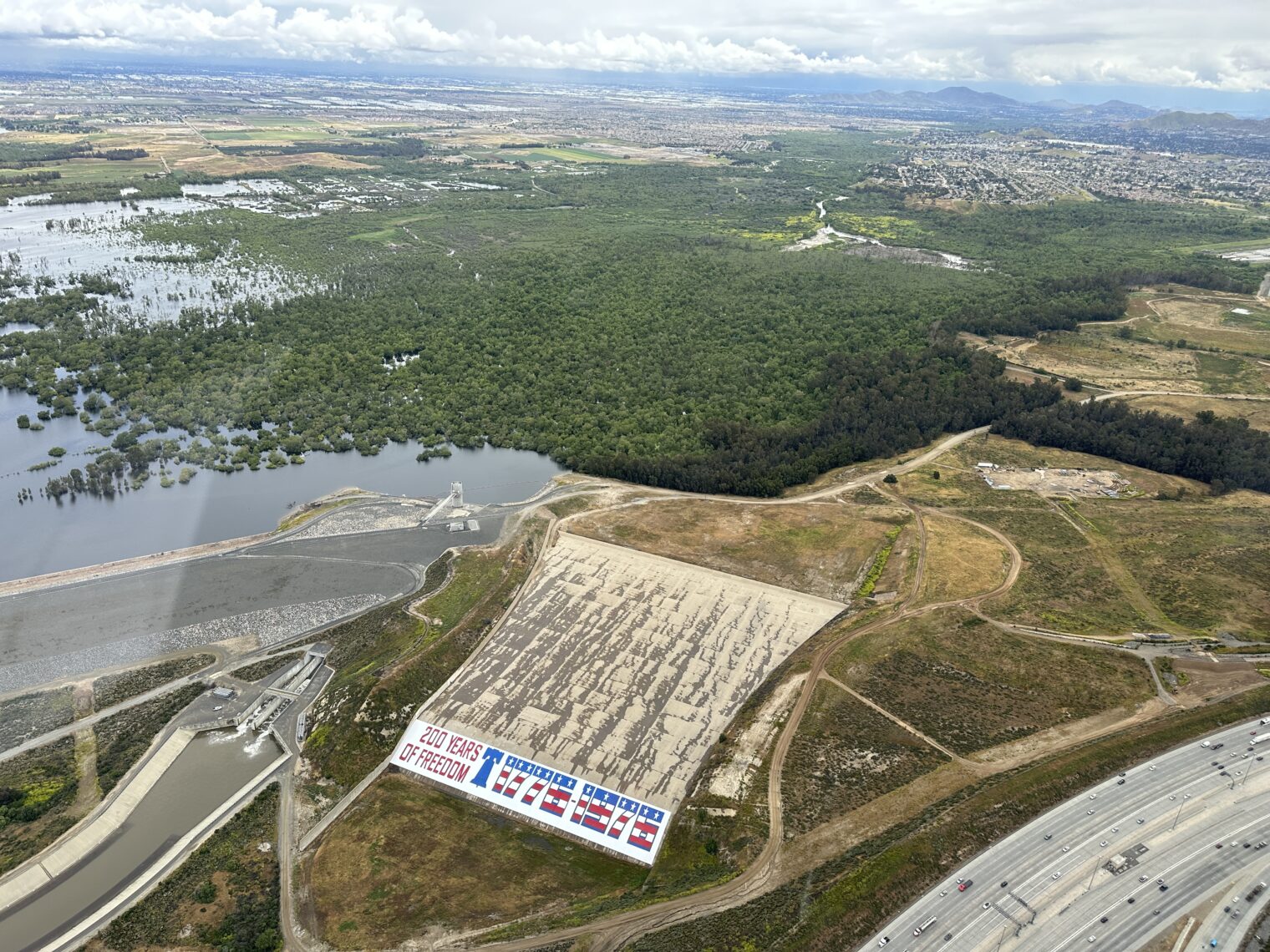
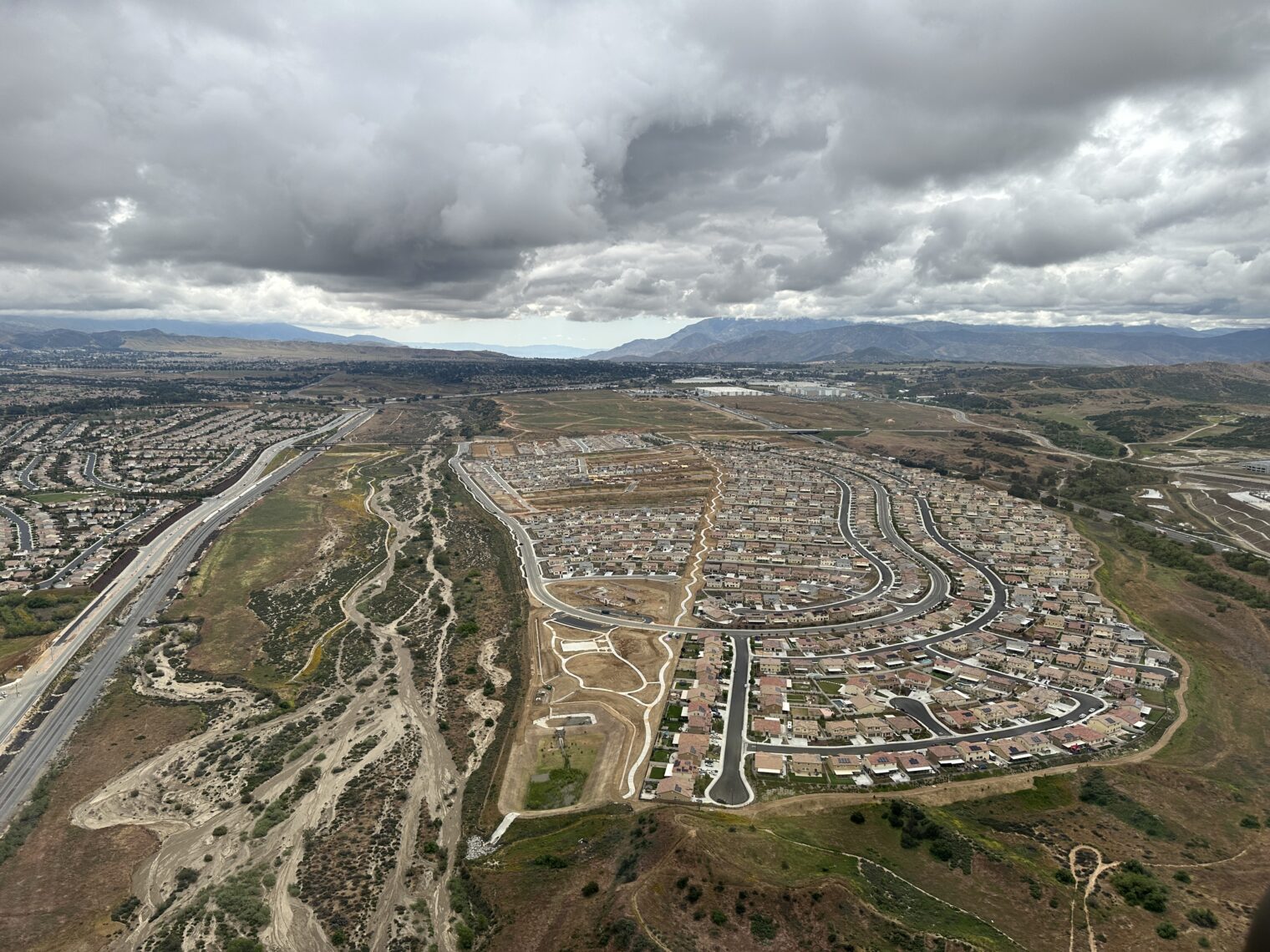
Who is changing the sheets in the guest bedroom so that the next 20 or 30 million migrants can be welcomed properly? My housekeeper, an illegal from Guatemala!
> the buildings have proved highly flammable
Fun fact: inflammable and flammable both mean the same thing!
Next time, try A/B testing following please:
Baseline: “I drive a Honda Minivan.”
Better: “Have you seen my helicopter keys lying around?”
Rellag: She works at the front desk of an FBO so she won’t be impressed with anyone who flies an aircraft that requires keys! (jets have a start button or switch)
My Aztec does not have ignition keys… just switches on the side panels:)
I believe all jets have the keyed door locks, though.
averros: True. It is not conventional to lock the door of a jet, however.
Some like high mach numbers along the Jet Routes, others prefer mast bumping along the Victor Airways. It’s all a matter of taste.
How can Robinson afford to stay in California, presumably one of the most anti-manufacturing states?
Also, I thought Maskachussets was the most lockdown state?
SK: The factory itself has to be certified by the FAA, a huge hassle. They need a “production certificate”. So it is not simple to move it to Mexico or Texas. Robinson for years has had its own insurance company in the Bahamas. So it is possible that they don’t pay much in the way of California taxes because they can stuff profits into their captive (explained in https://www.nytimes.com/2012/07/14/your-money/a-captive-insurance-company-offers-financial-benefits-if-not-abused-wealth-matters.html ).
You live and learn! I wonder if it makes sense to setup captive for the software start up slave like me who is getting cheap company stock? Or is just too small…
Stupid non-pilot person question: how convenient is flying an airplane vs commercial passenger planes?
If I own a plane and can pilot it, a let’s say, I want to spontaneously fly out within an hour (assuming 30 min drive to the airport). Would that be possible? Or is there a lot of planning/scheduling involved? e.g. call the FBO to schedule a take off time slot, (and call the other FBO to tell them when you are landing?) bring the plane out of the hanger, register the flight plans or whatever bureaucracy demands, etc ?
From start to finish how long does that take? I have no clue how that process works.
We didn’t call any of the FBOs in advance for this trip. The arrival of a piston-powered aircraft is not something they need or want to prepare for 🙂
With the Robinson already out on the ramp, as it was, we could probably preflight it and start up within 20 minutes.
Our SR20 lives in a jet hangar so I do have to call the FBO when I want to use it. Because I always tip the line guys $20, I can give them 30 minutes of notice and the plane is out on the ramp with whatever fuel I might ask for. Then it is preflight and turn the key and call ground for taxi and then tower while holding short of the runway. Maybe that takes another 20 minutes minimum between the time I arrive at the airport and the time the takeoff roll is in progress. Usually more like 30 minutes.
I live about 15 minutes from my airplane. I can typically be in the air within 30 minutes of me deciding to fly. There is no real planning or scheduling required if you own your own plane. If the plane is a rental you would have to check a schedule. If you have a plane in a shared hangar you would have to call the FBO and have them move the plane out of the hangar. Bad weather would ruin trips in most small planes. You only need to file a flight plan if you plan on flying through a cloud. This can be done almost instantaneously from your iphone. I usually leave my plane with some gas in it. If it’s an especially long trip I would need to add gas. This could be done while on the way to the airport via phone. I do a preflight inspection which takes about 5 minutes. I have a control tower at my airport so I do have to ask permission to take off. This is done in real time and no notification must be given. Upon reaching your destination you are not required to give them any advanced notice. If they have a control tower you would have to ask them permission to land but no advanced notice is necessary. When you land at your destination and there if an FBO usually they will tell you where to park sometimes not. If there are any fees it would take a few minutes to give them your credit card number but sometimes that’s on file. The FBOs can usually lend you a car or give you good deals on hotels. The FBO can fill up your plane with gas while you are away.
Philip, what are the advantages of keeping piston-powered aircraft in the hangar? Does it “wear” significantly more if left outside?
SK, I might take a stab at answering this question if you don’t mind. In many parts of the country hail can easy ruin a plane so it’s a necessity. Certain planes made out of fabric degrade in the sun. In some areas you can keep your metal or fiberglass plane outside. The sun will eventually ruin the paint but the price of a paint job is much cheaper than the costs of a hangar. Parking your plane outside also means water might get in the fuel so you have to do a more thorough pre flight inspection. Also most people who park their planes outside have to deal with putting on and off various covers. Finally there is no place to work on your plane or keep things and spare parts. Finally many hangars have an area set up as a “man cave” where pilots can hang out and talk about flying.
Thanks Sam! In Seattle I see planes outside all the time. Not sure if it is a lack of hangar capacity though. During 737 MAX crisis all local nooks and crannies were filled with produced 737 unable to fly, it was quite a sight!
I always wanted to fly, but just don’t have enough time to do it. I do have a track car though. Of course I spend more time under the car in garage than on track inside the car. 😂 last suspension upgrade I don’t have time to do myself and got the car to the race car shop. $5000 in labor later everything was installed… 😱🤦♂️😂
In Seattle the weather is pretty benign. Most airliners are always outside aside from when they get heavy maintenance. They have much thicker skins which aren’t really susceptible to hail like our light weight planes are. Airliners also get repainted on a regular schedule. As for doing work on our planes that’s another can of worms. Some planes you can work on if they are registered in the experimental category. If the plane is registered in the normal category most work must be performed by a licensed mechanic. There is a small list of things the owner can do. Most airplane mechanics I know make less money than car mechanics. Not sure why this is.